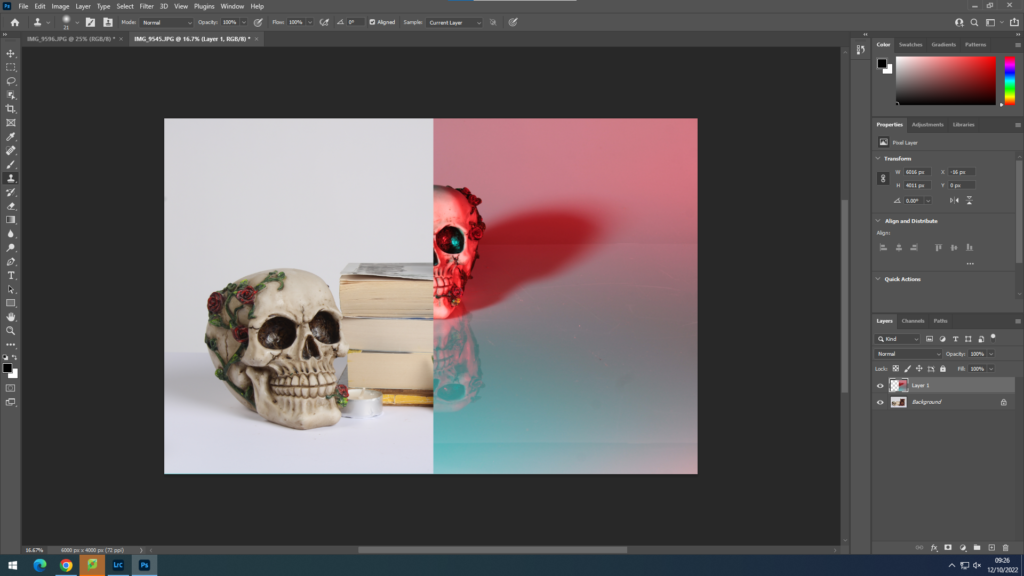



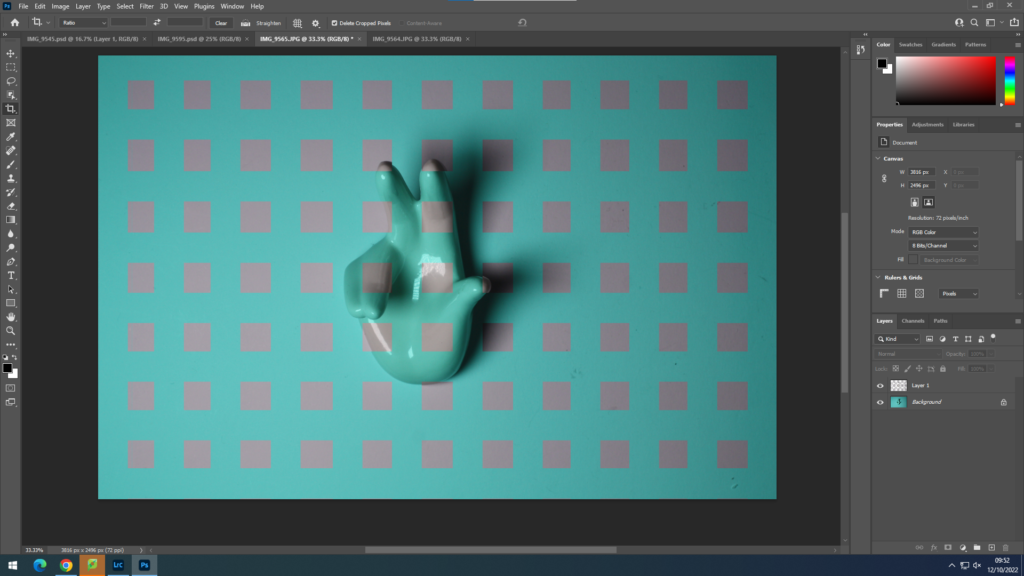
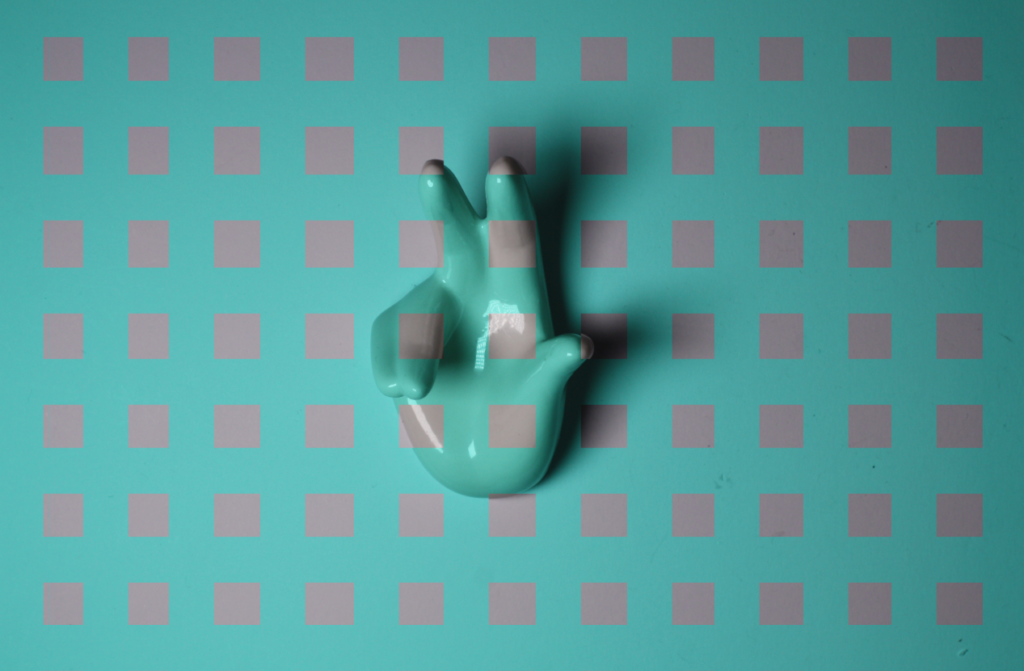


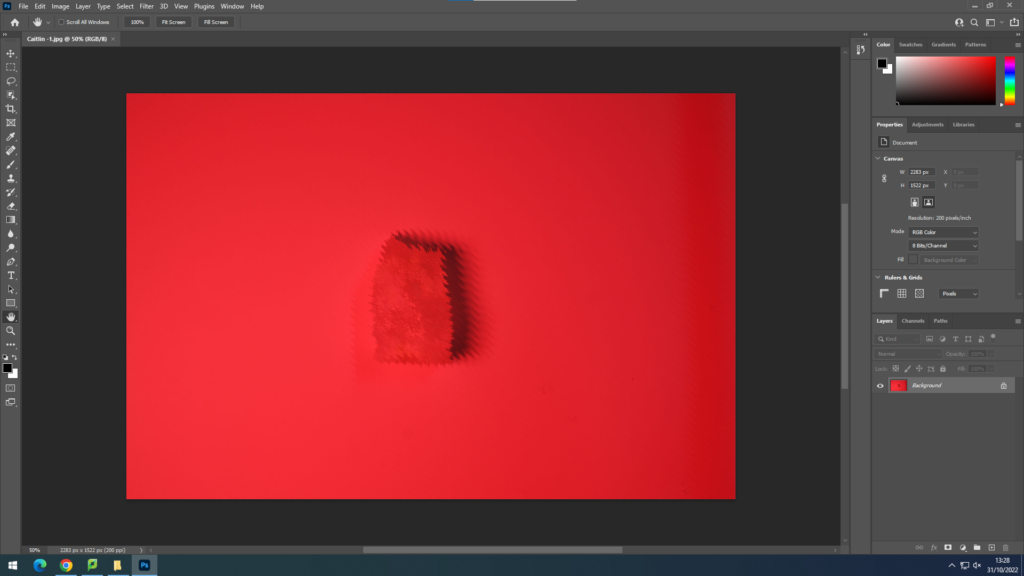
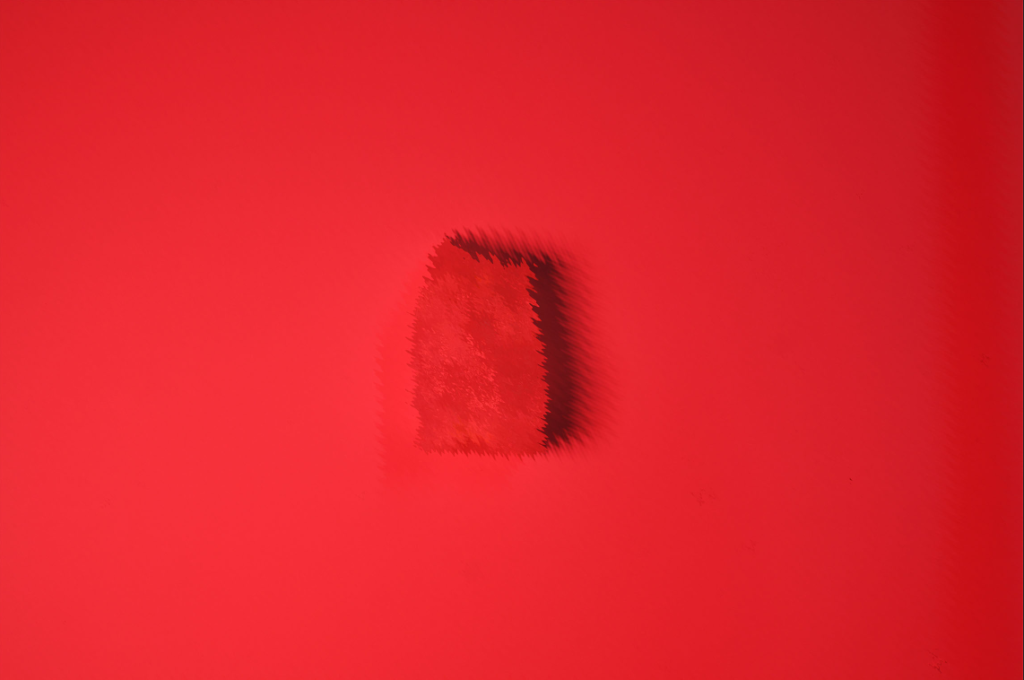
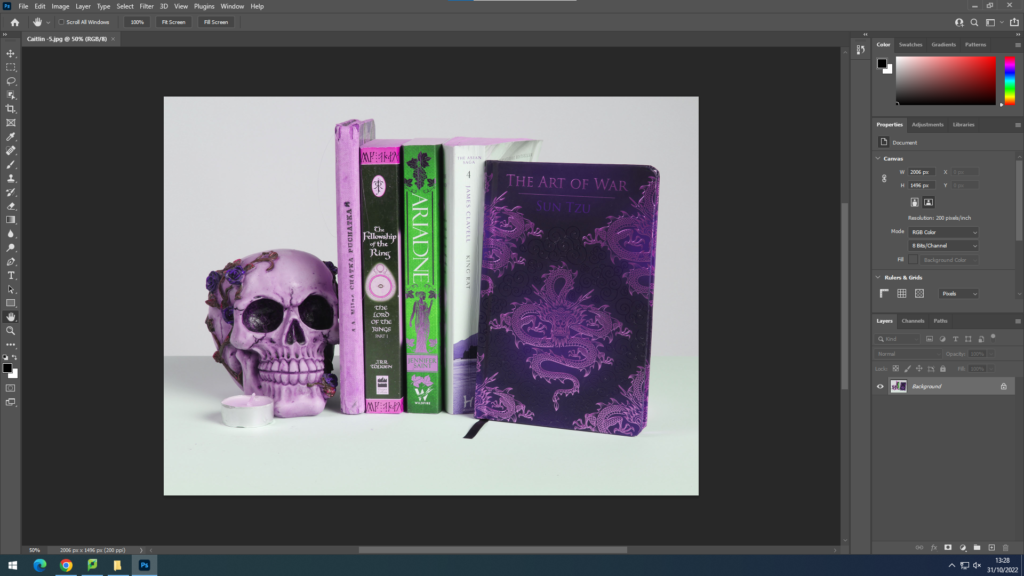

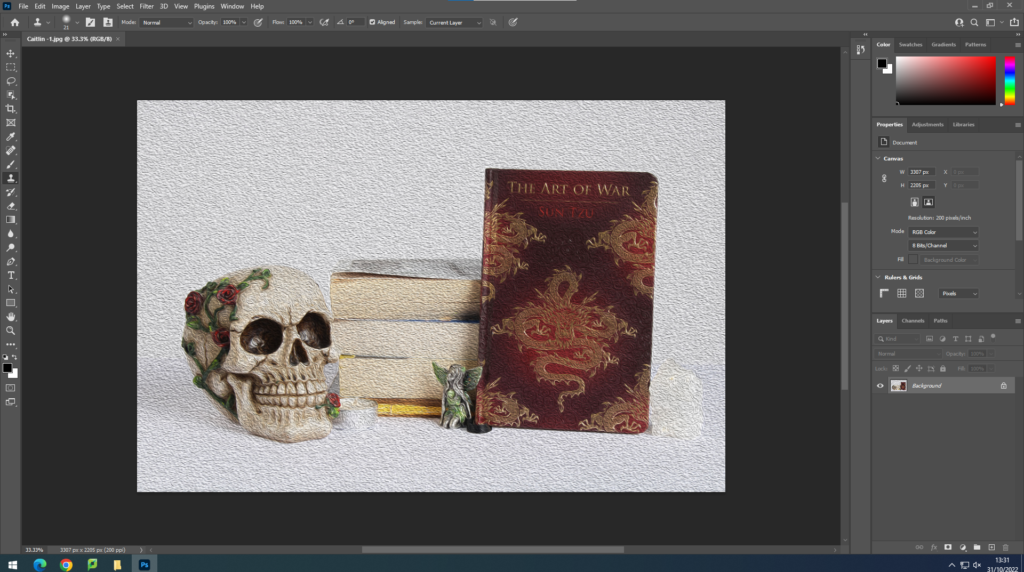
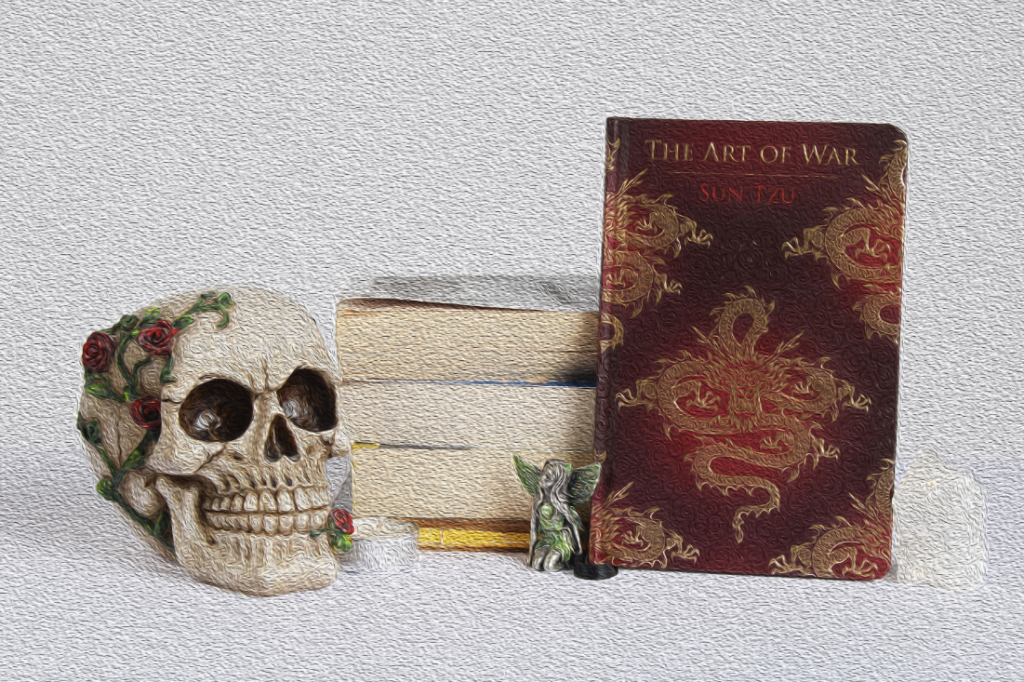














formalism in photography is described as the critical postion that most important aspect of a work of a art is its from. the way it is made and is just visual aspects rather than its narrative content or its relationship to the world.
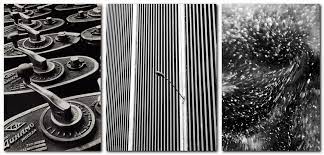
Formalism, also called Russian Formalism, Russian Russky Formalism, innovative 20th-century Russian school of literary criticism. It began in two groups OPOYAZ, an acronym for Russian words meaning Society for the Study of Poetic Language, founded in 1916 at St. Petersburg

this photo above this text was taken by a photographer called Alexander Rodchenko, this photo shows a massive electrical tower and it looks very nice, however when you normally look at a electric towers you don’t typically think of beauty.
A photomontage is a collage constructed from photographs.
Historically, the technique has been used to make political statements and gained popularity in the early 20th century (World War 1-World War 2)
Artists such as Raoul Haussman , Hannah Hoch, John Heartfield employed cut-n-paste techniques as a form of propaganda…as did Soviet artists like Aleksander Rodchenko and El Lissitsky
Photomontage has its roots in Dadaism…which is closely related to Surrrealism
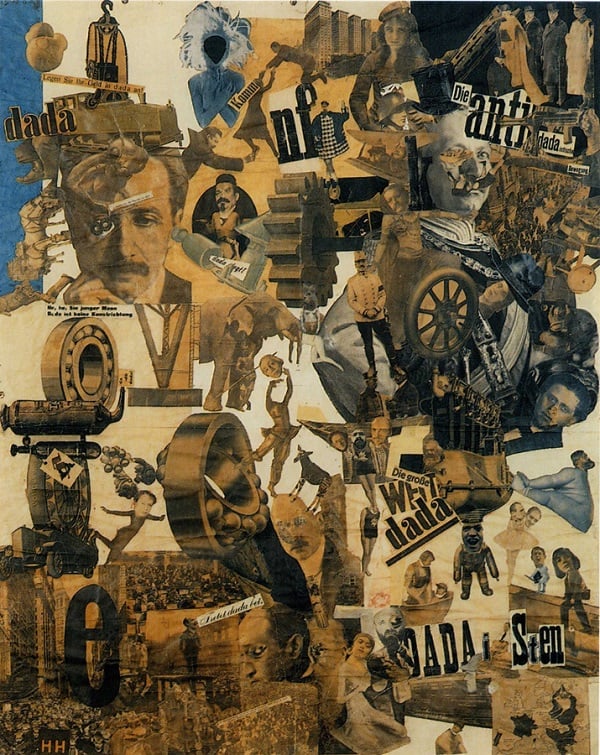
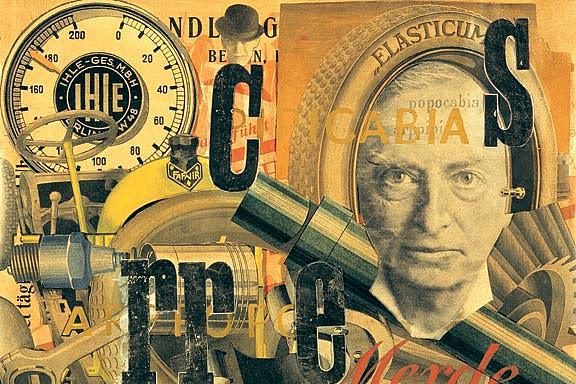
Examples
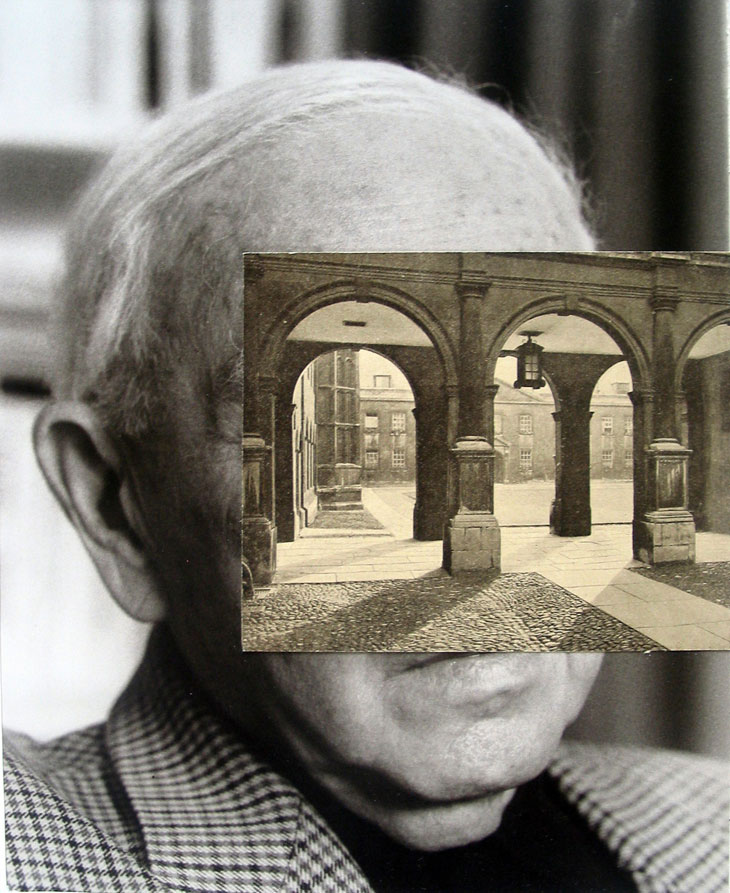

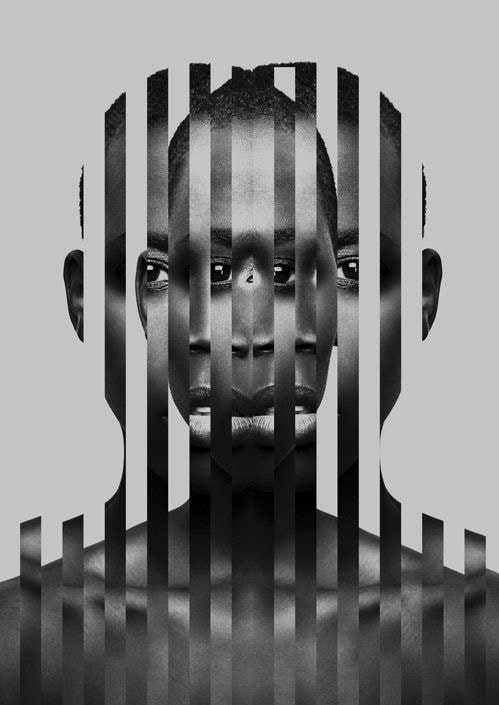
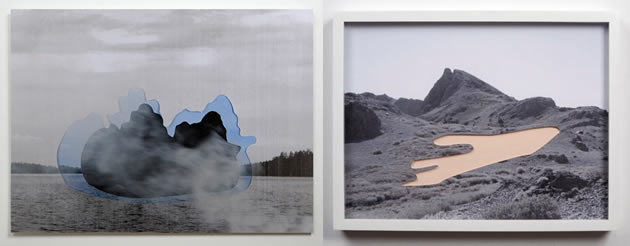
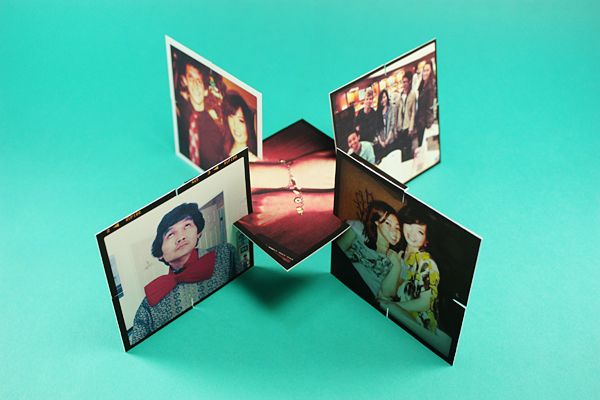
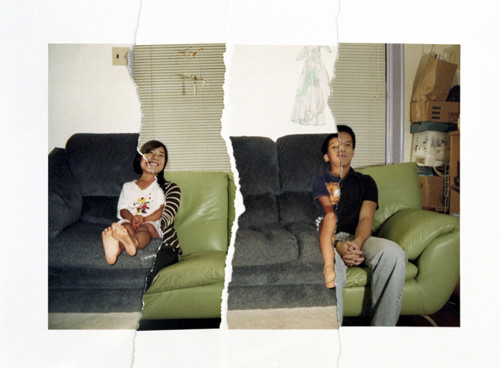
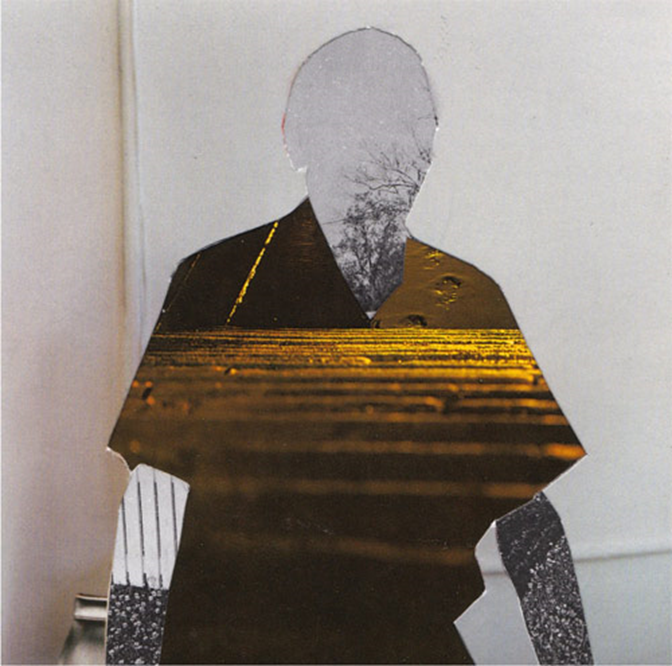
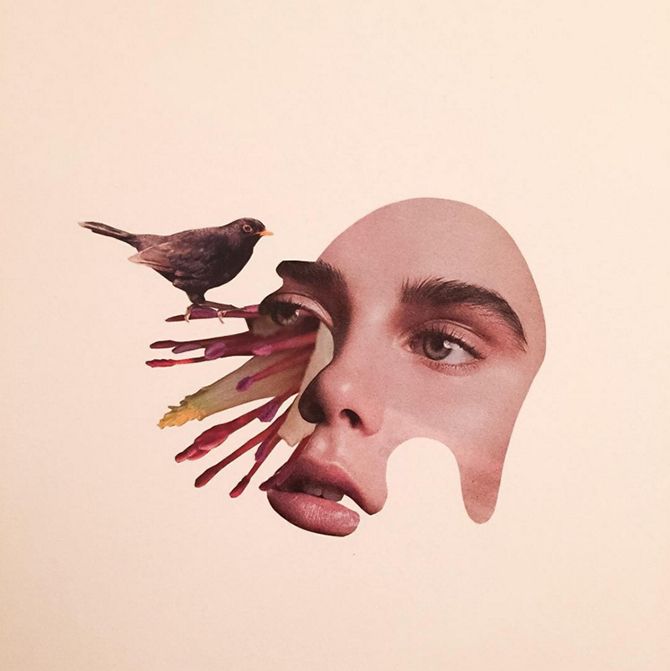

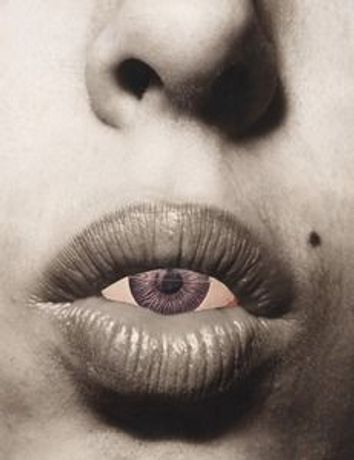
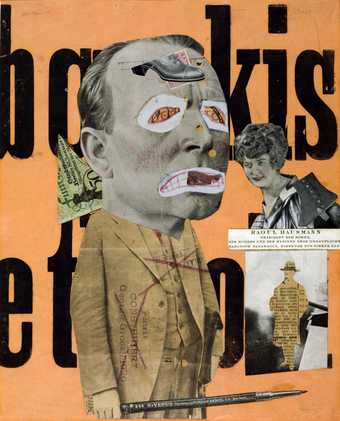
These photomontage’s have been created by using other photos.
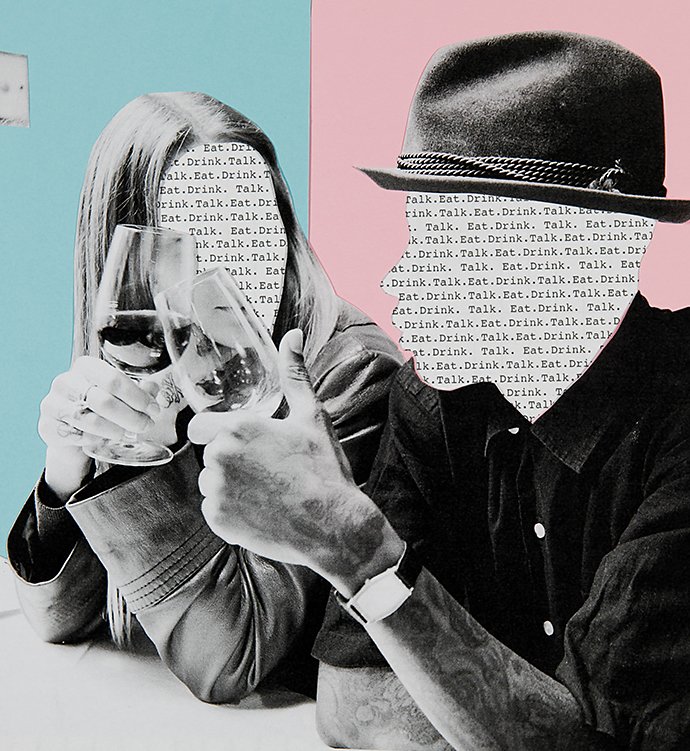

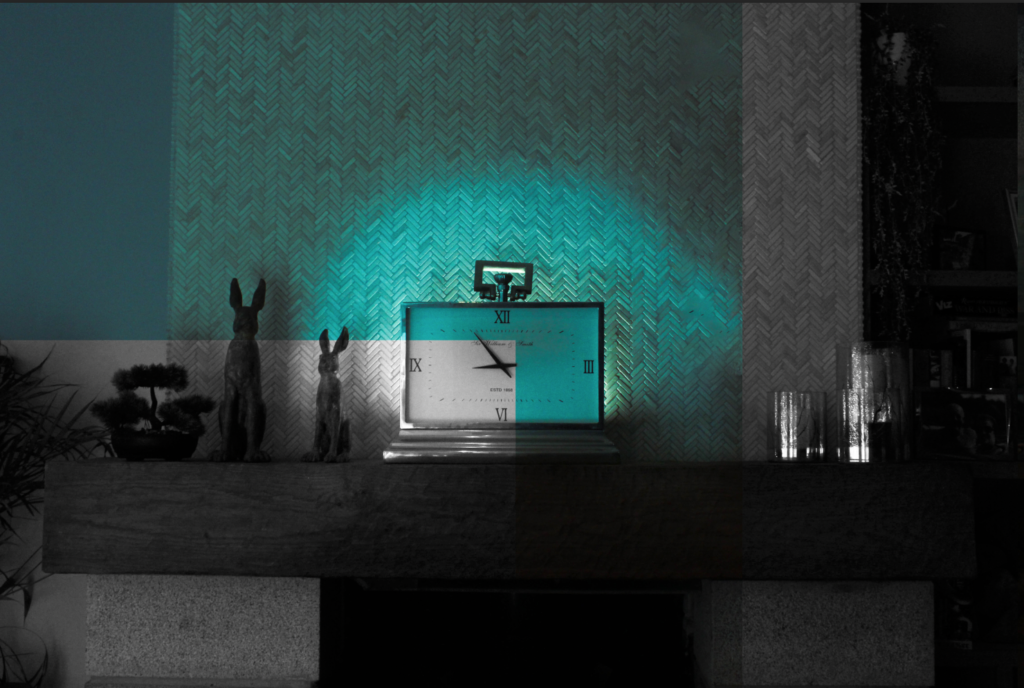
I edited these photos using photoshop, with the first montage i used a page of a book and turned the opacity down on it the get the ilusion of the image being overlayed by a book, i also added the statue onto the lampshade and the lady diving i added this to give the audience more to look at it also makes the images more eye-catching.
For the second image i used photoshop and light-room to create this final piece, i used light-room to convert one layer into black and white, and the other layer into a blue tint and add a highlight behind the clock. I then used photoshop to cut sections out of the black and white image and placing it onto the coloured one.


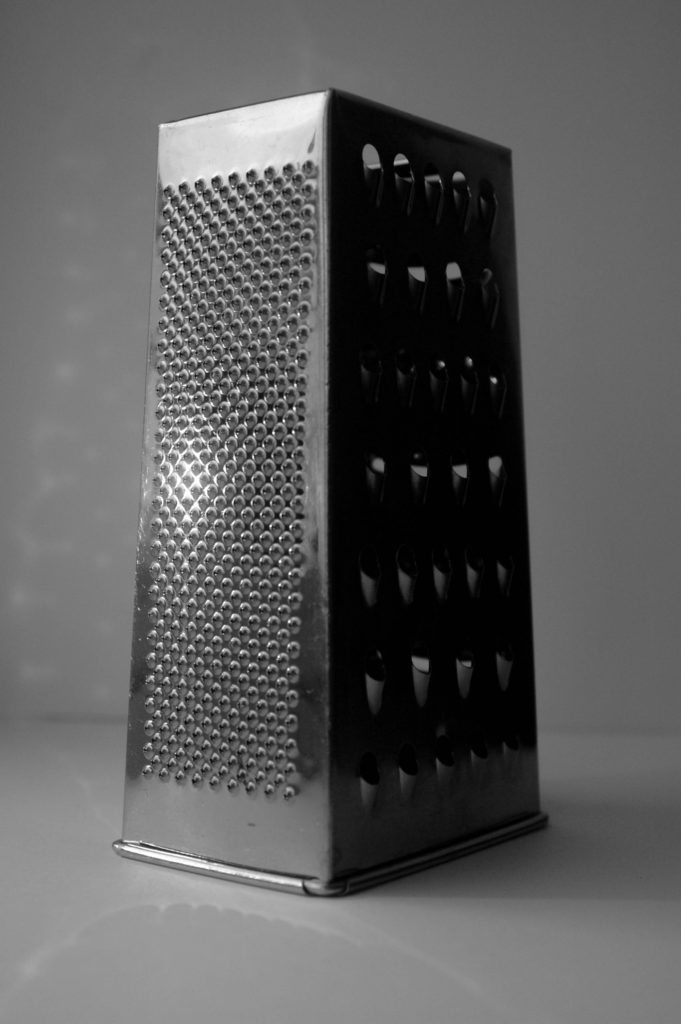
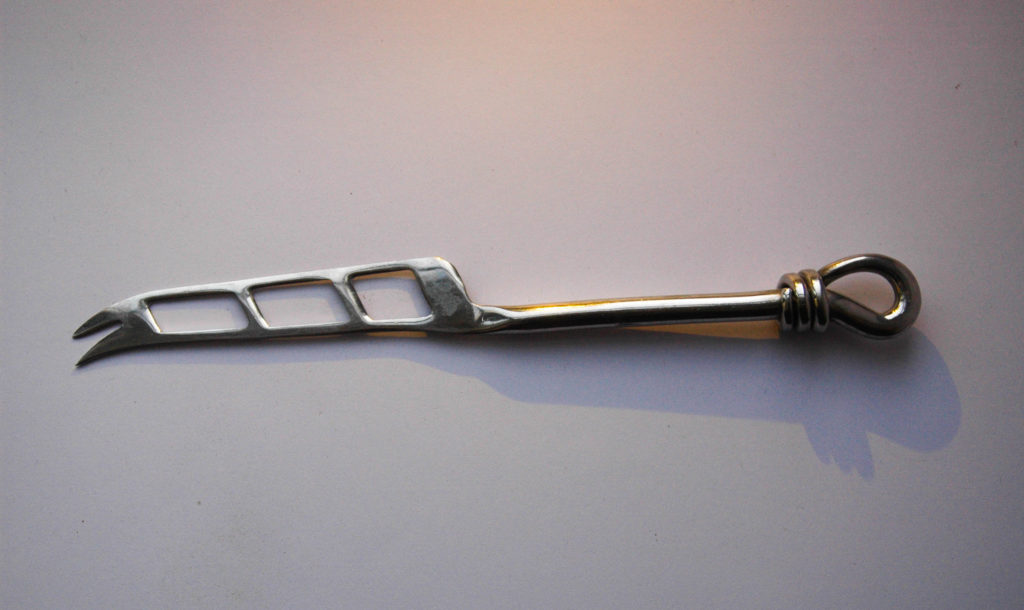
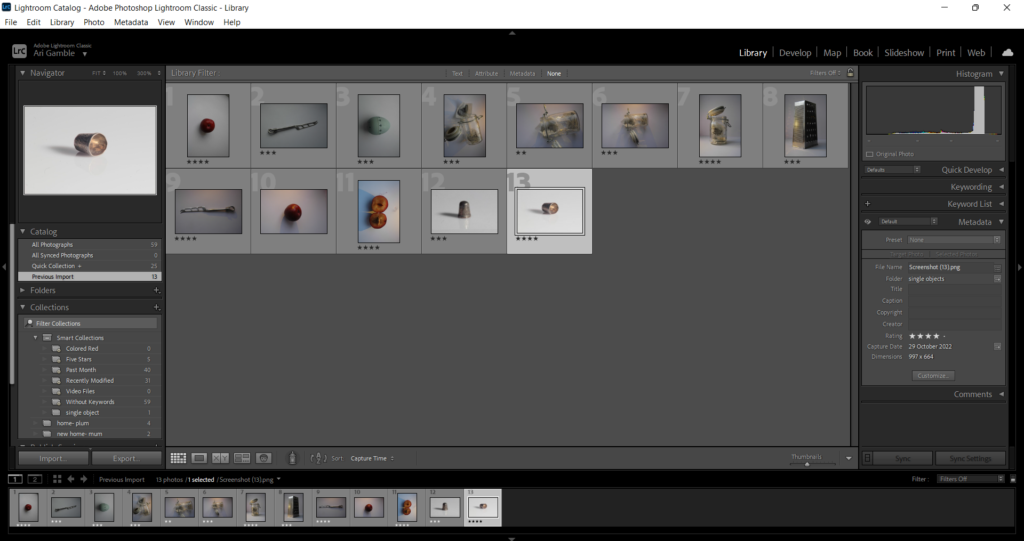
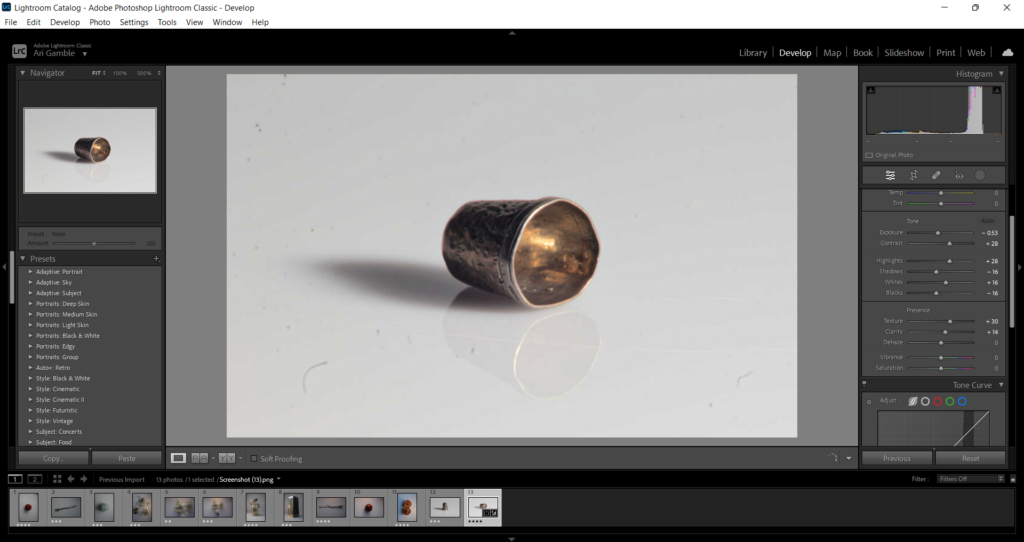

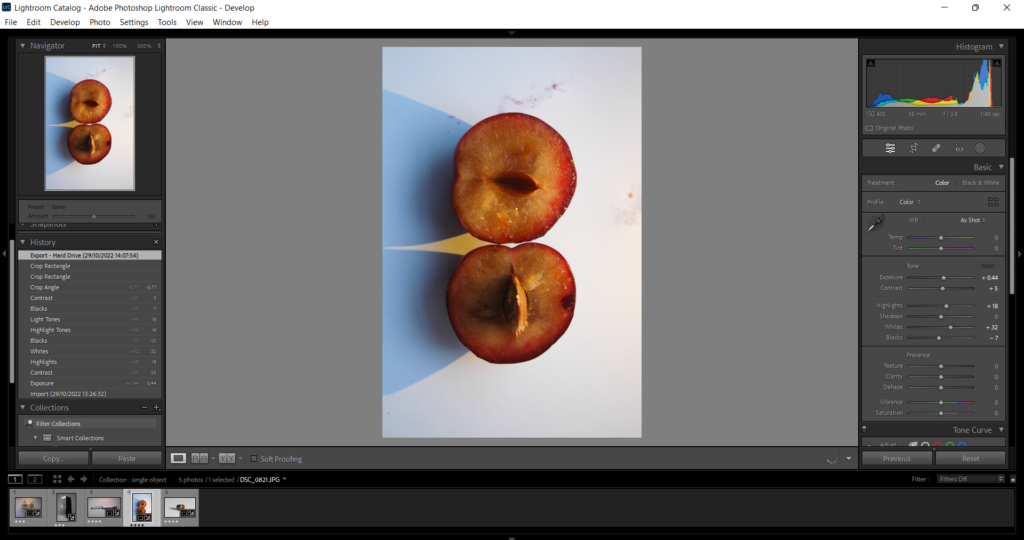
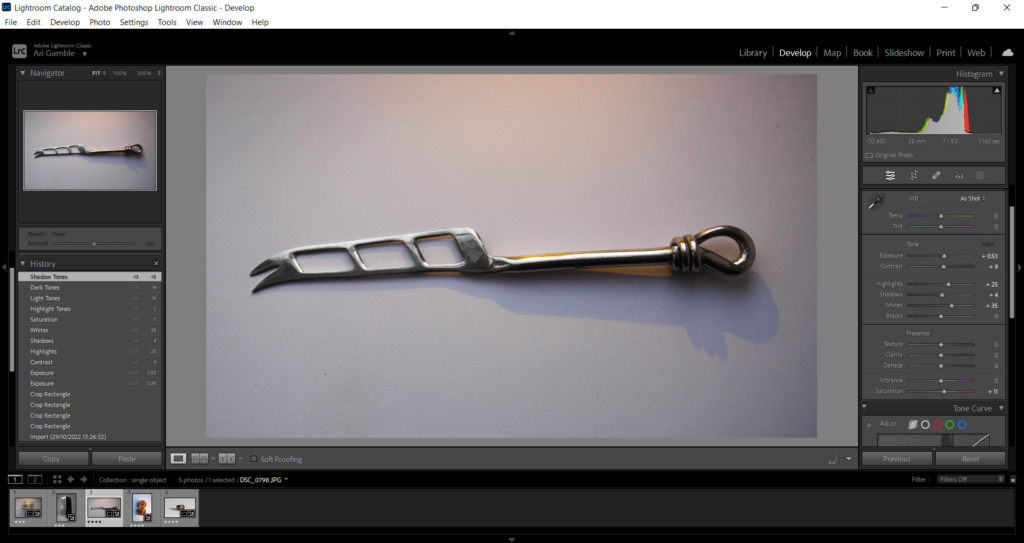

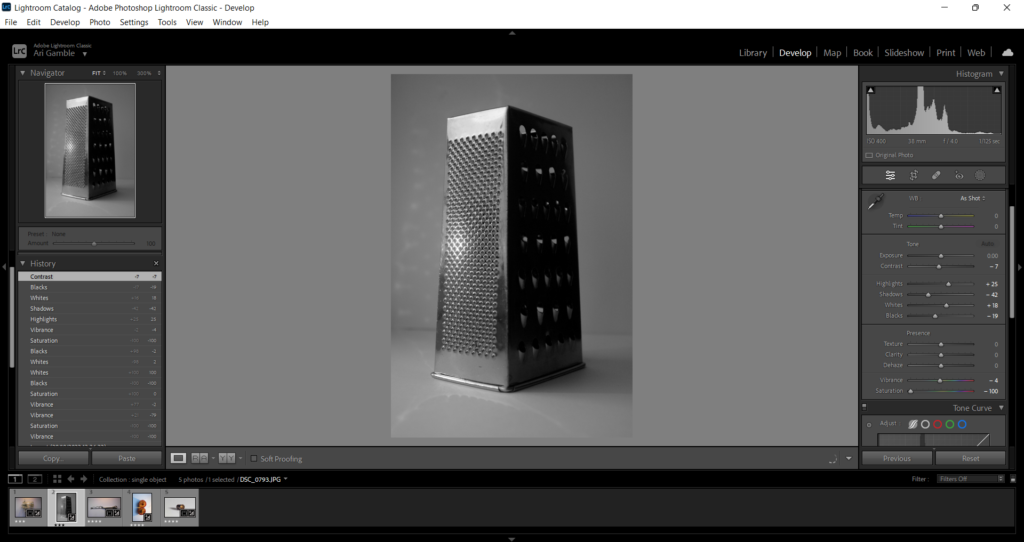
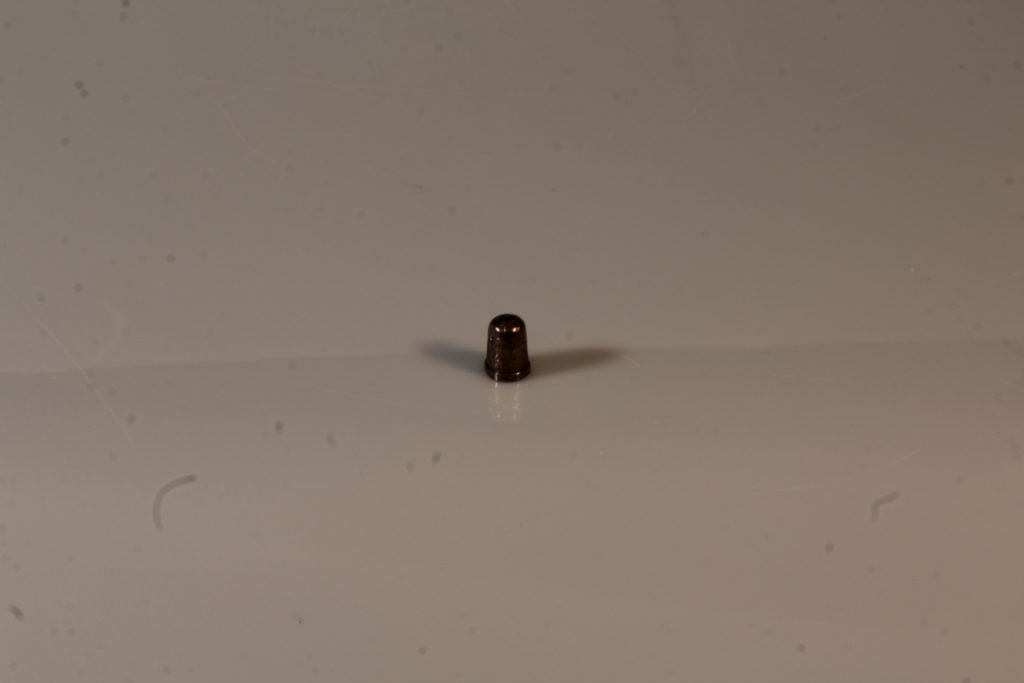
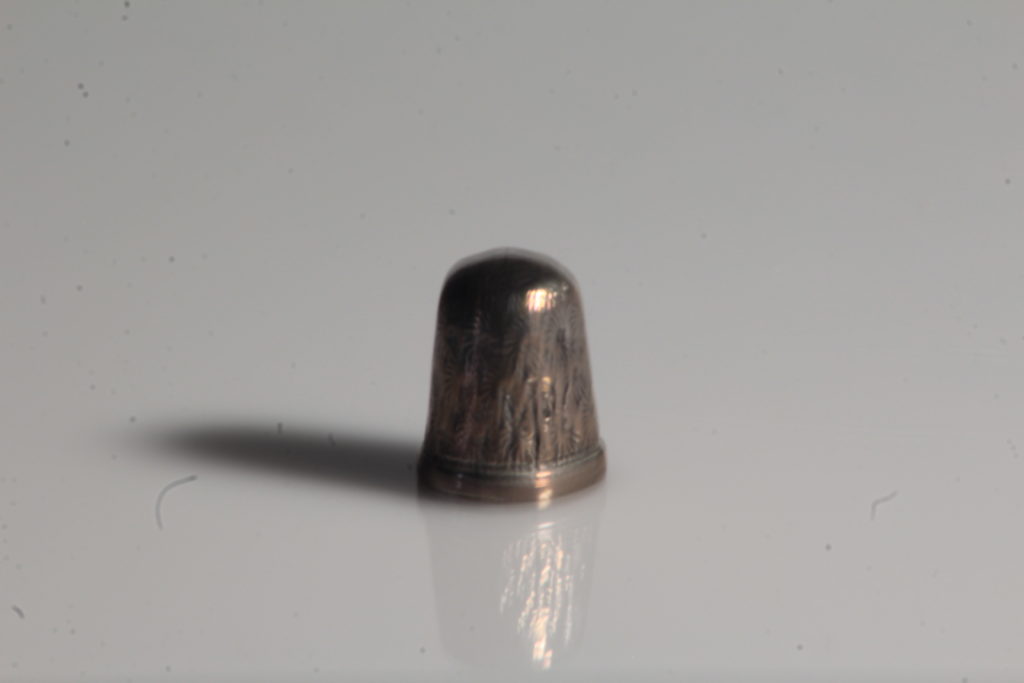

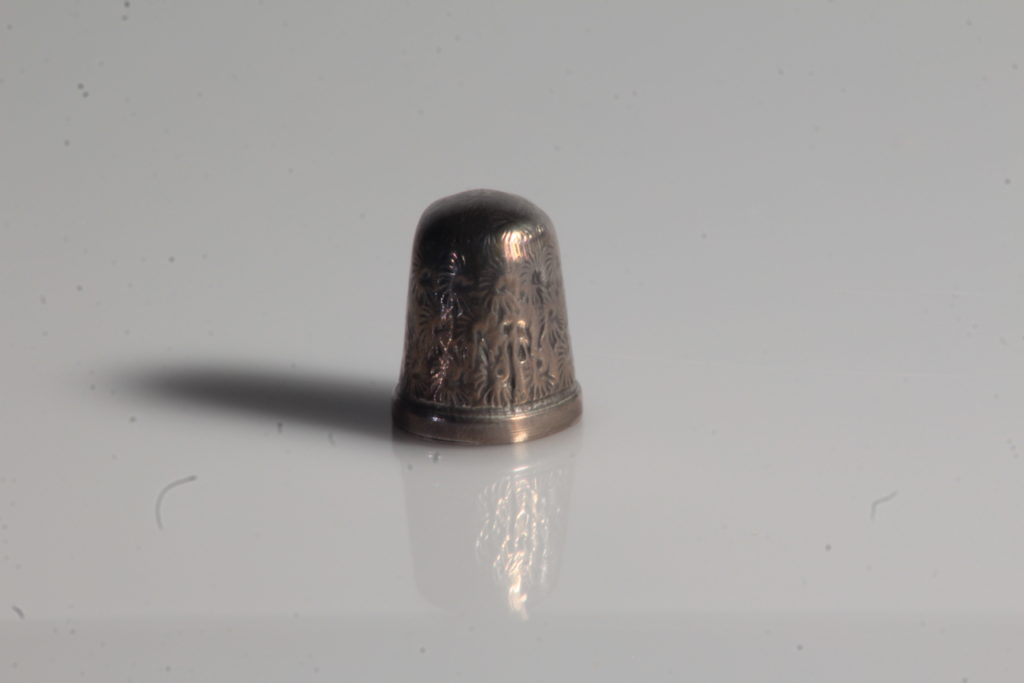
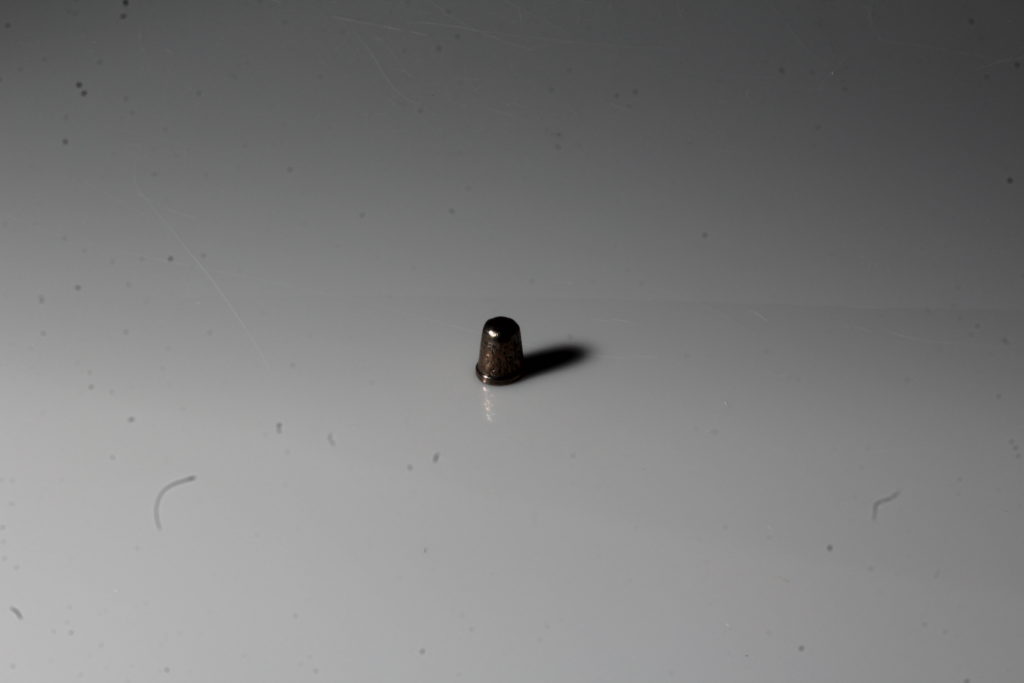
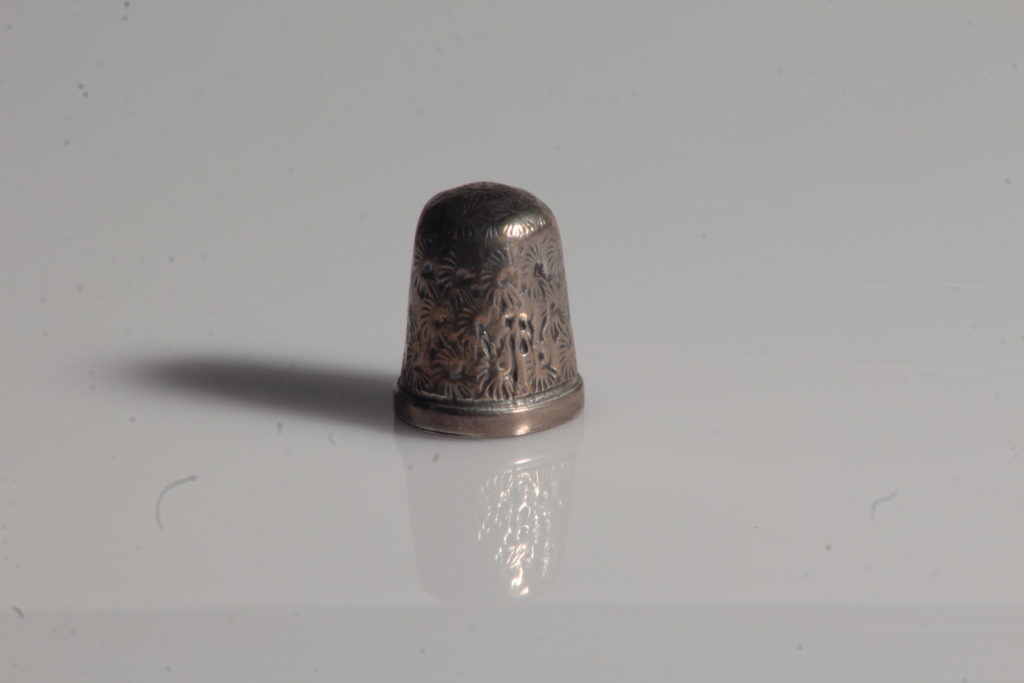
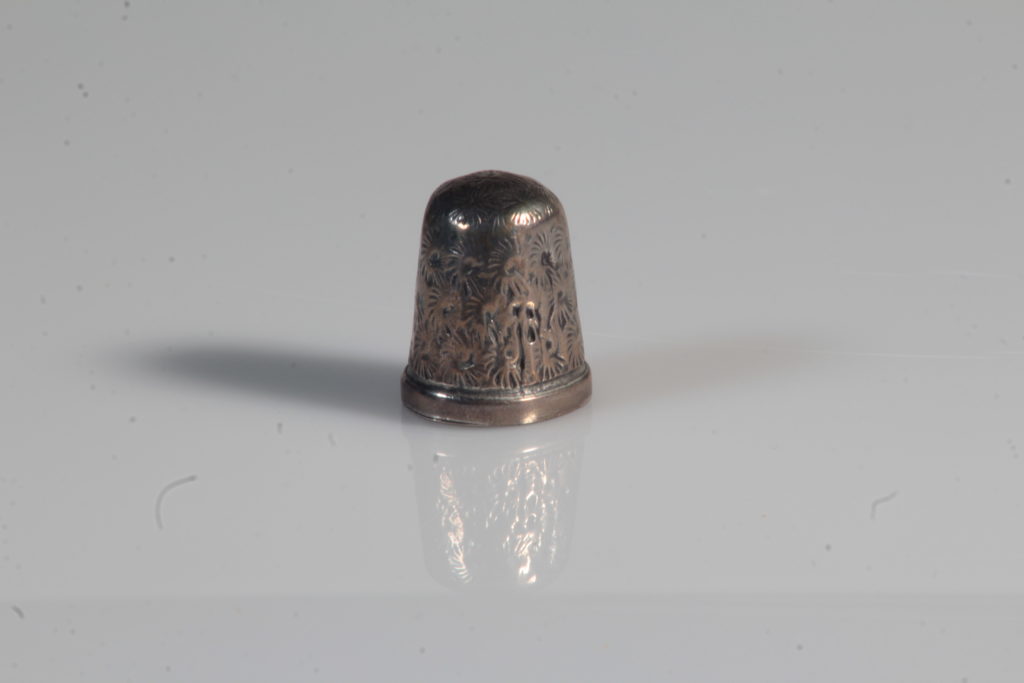

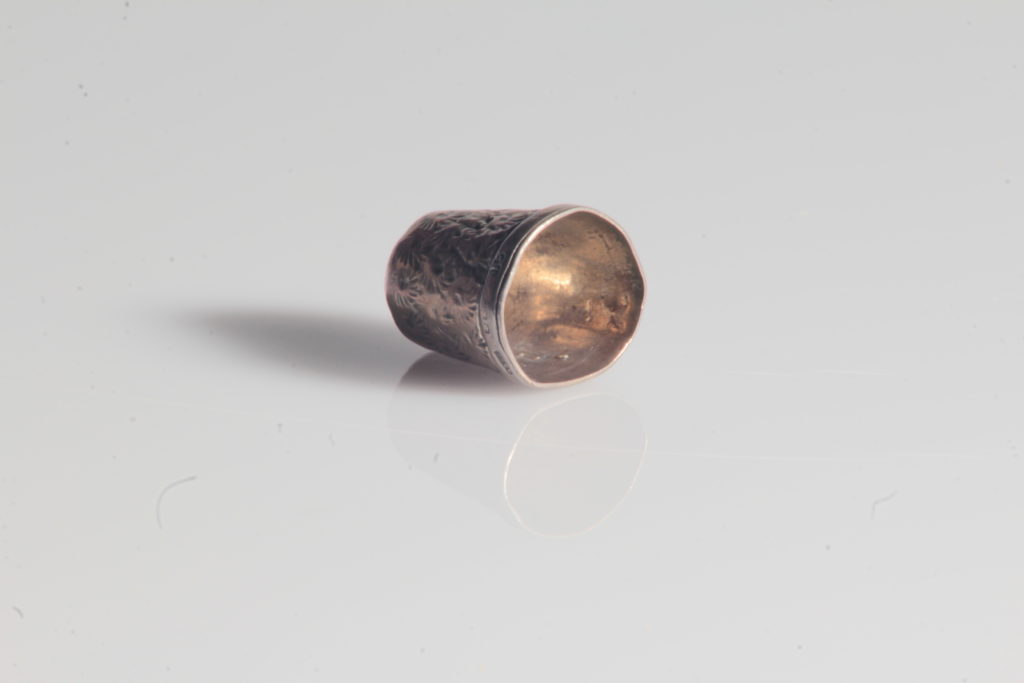
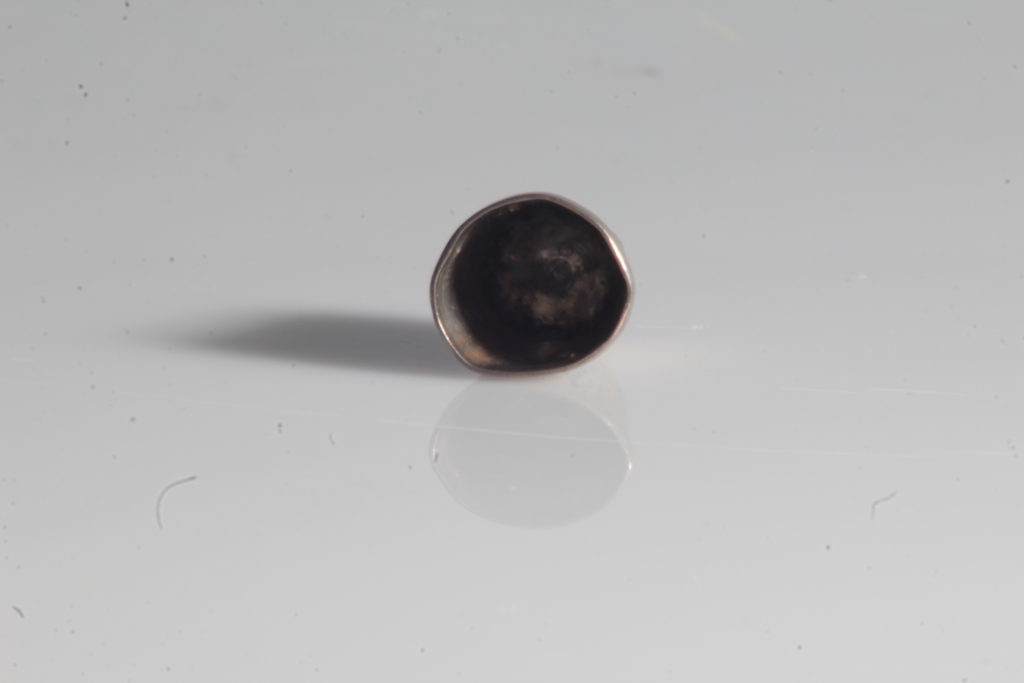
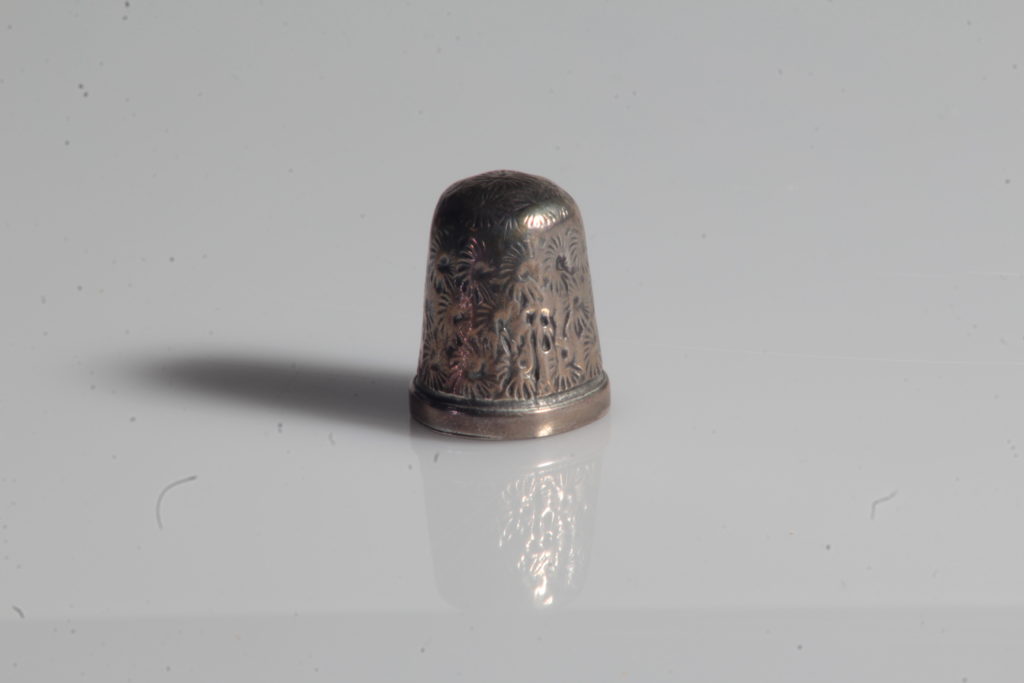
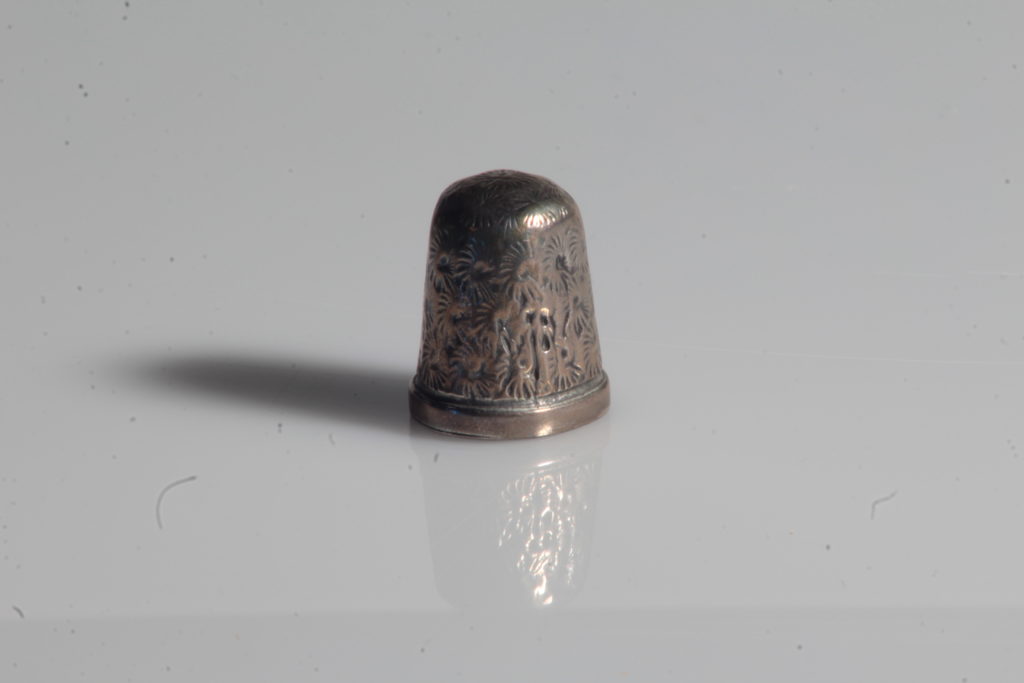
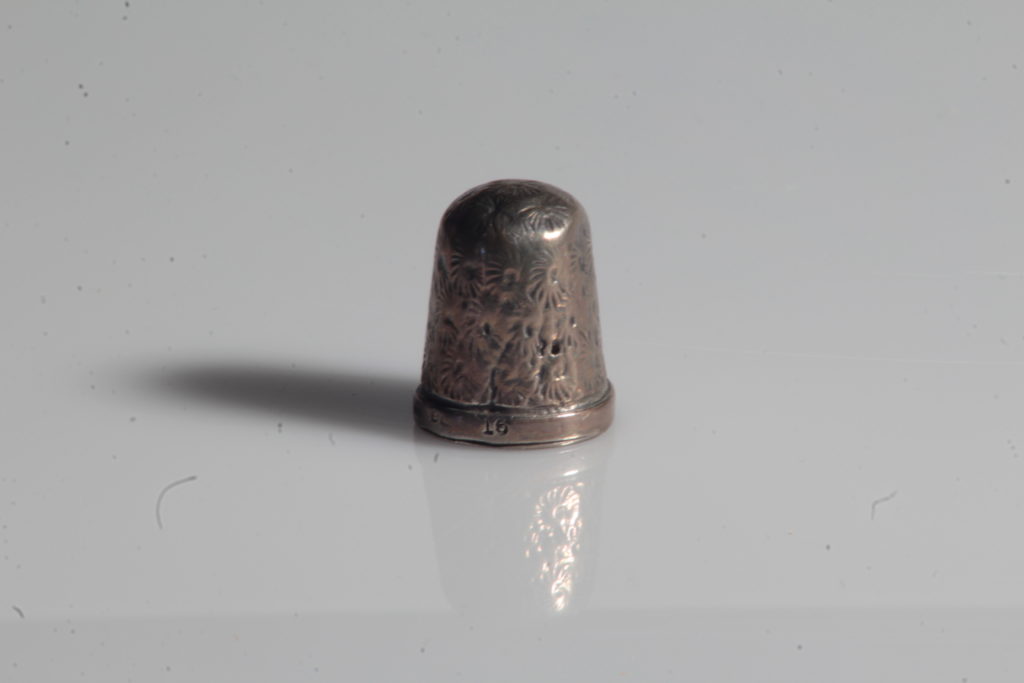
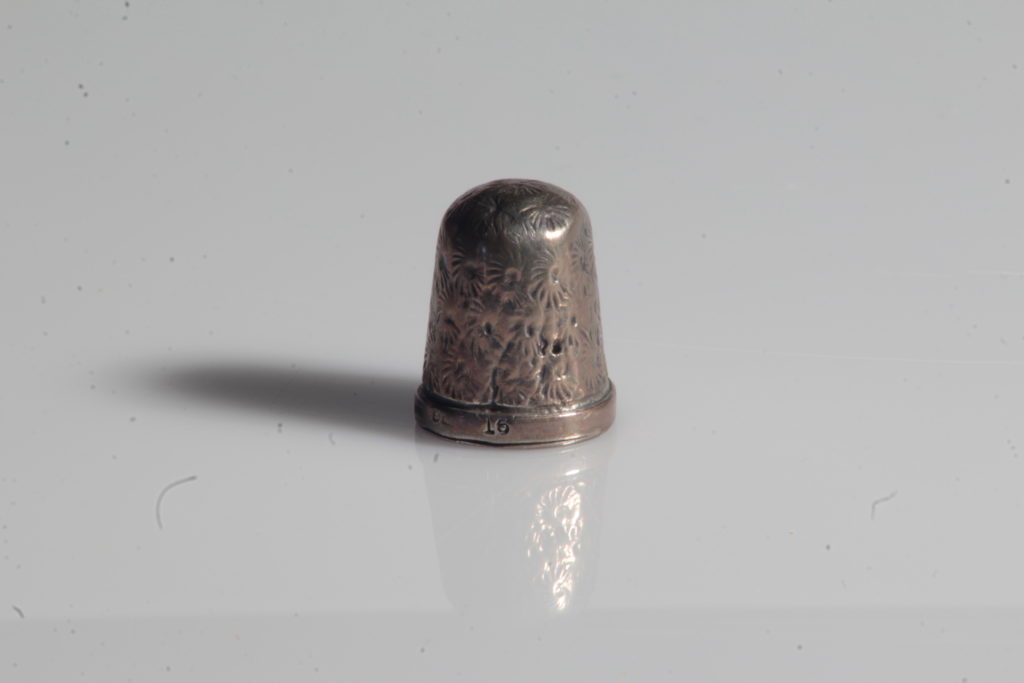
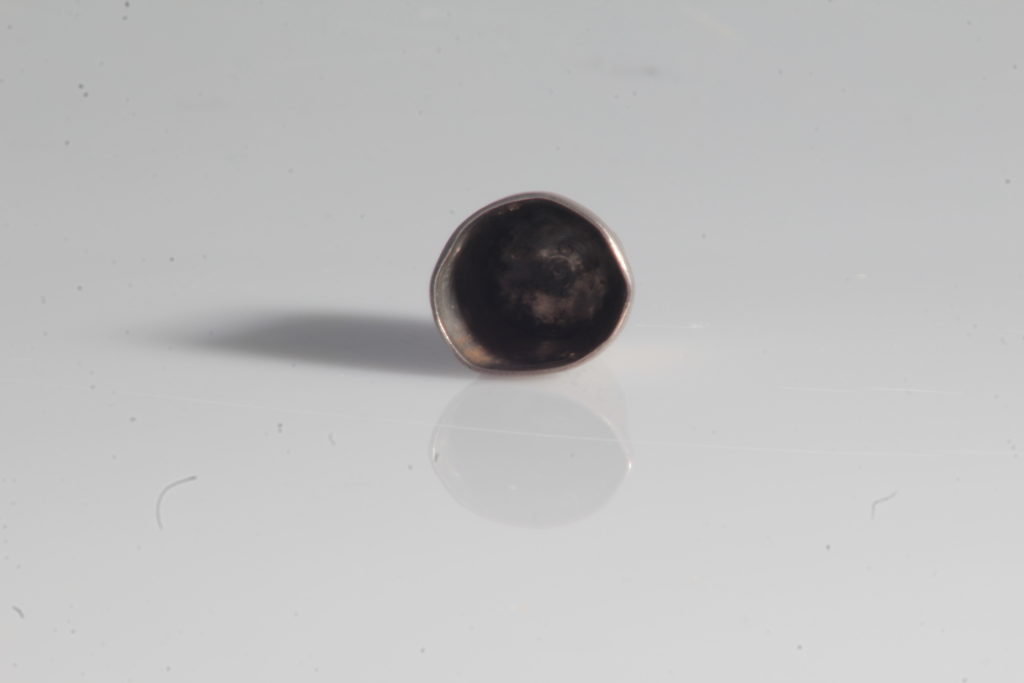



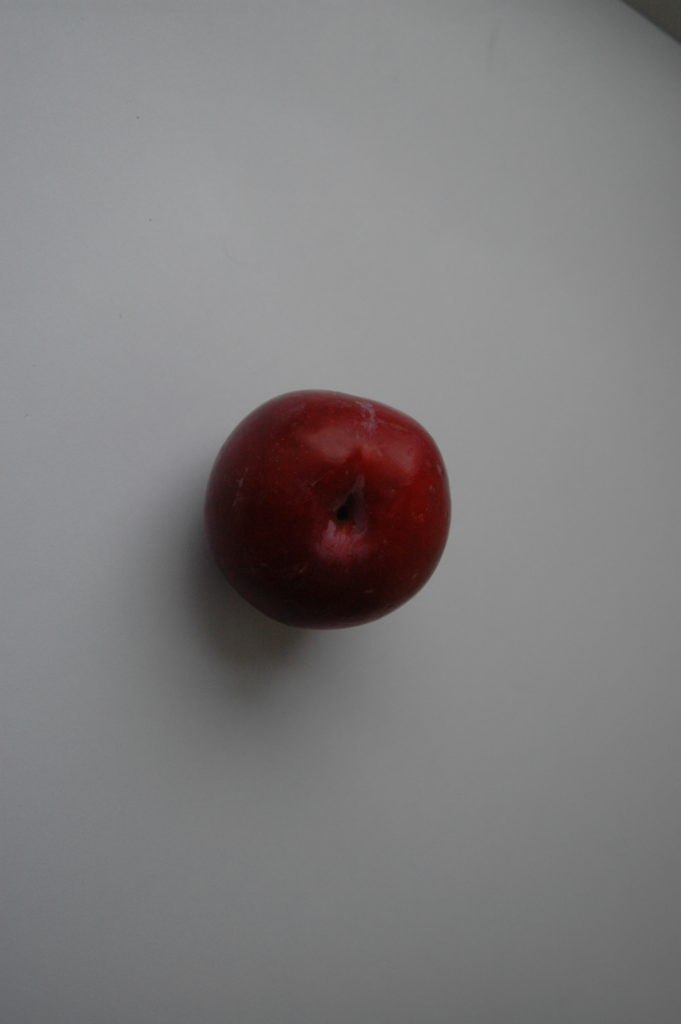
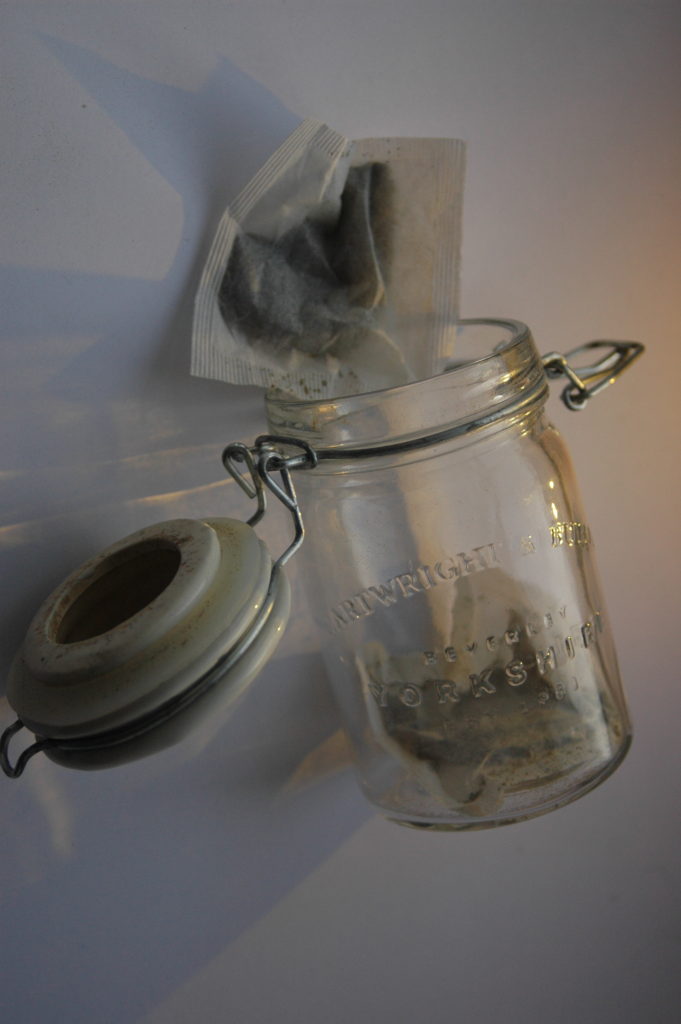

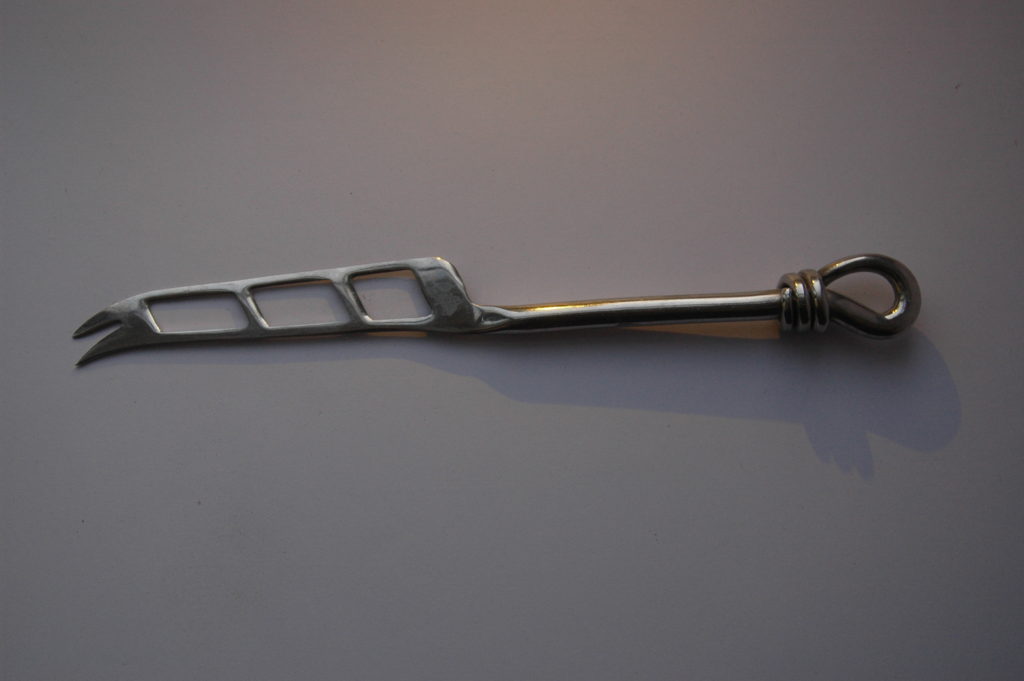
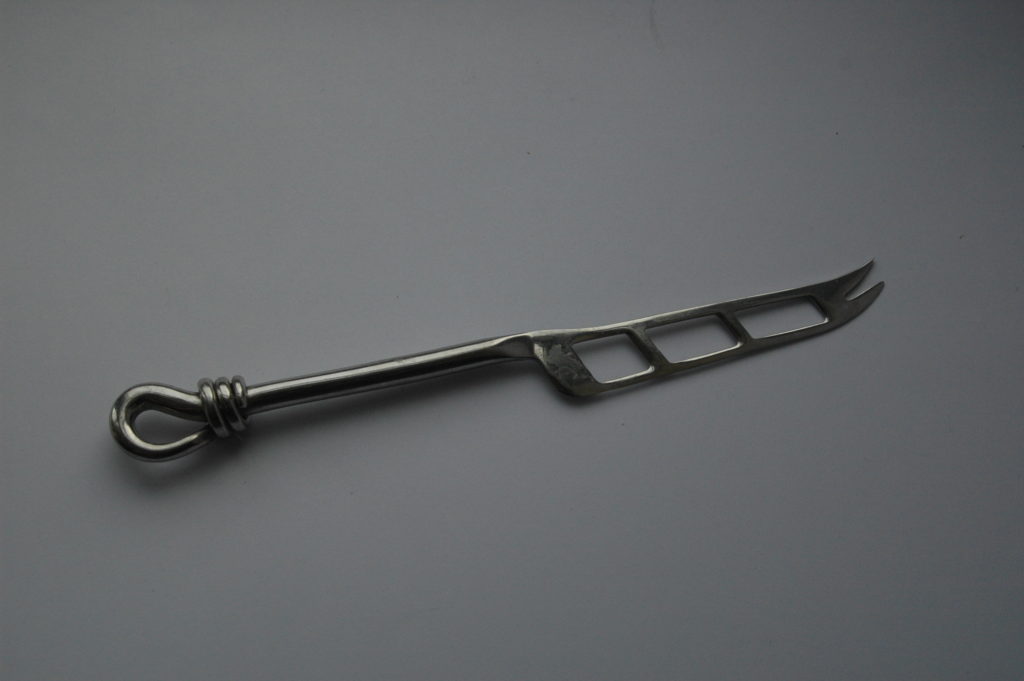
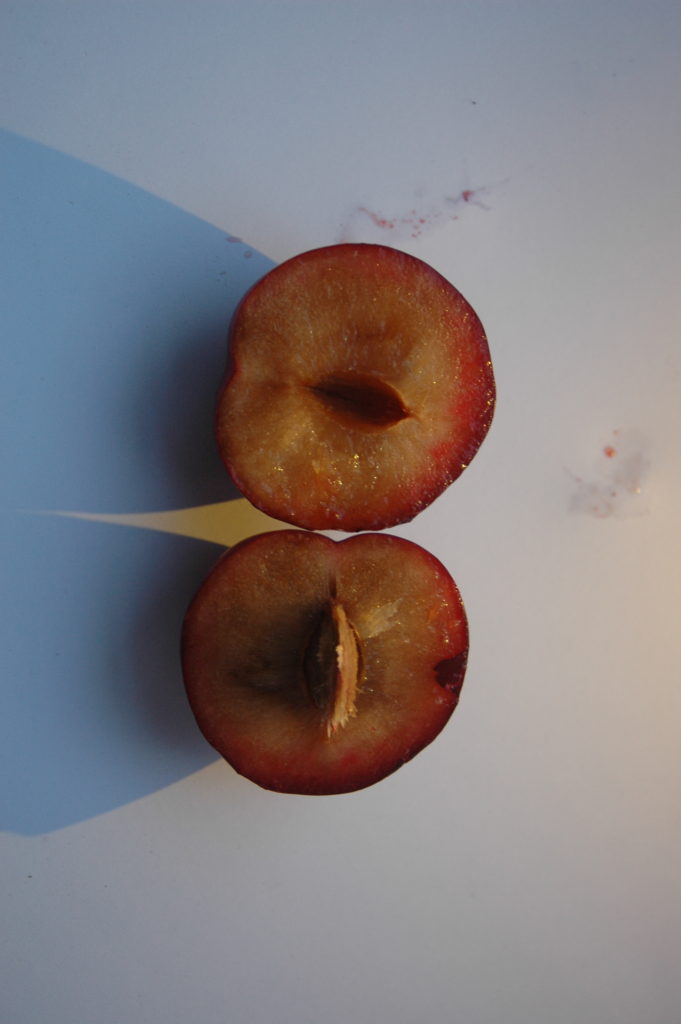
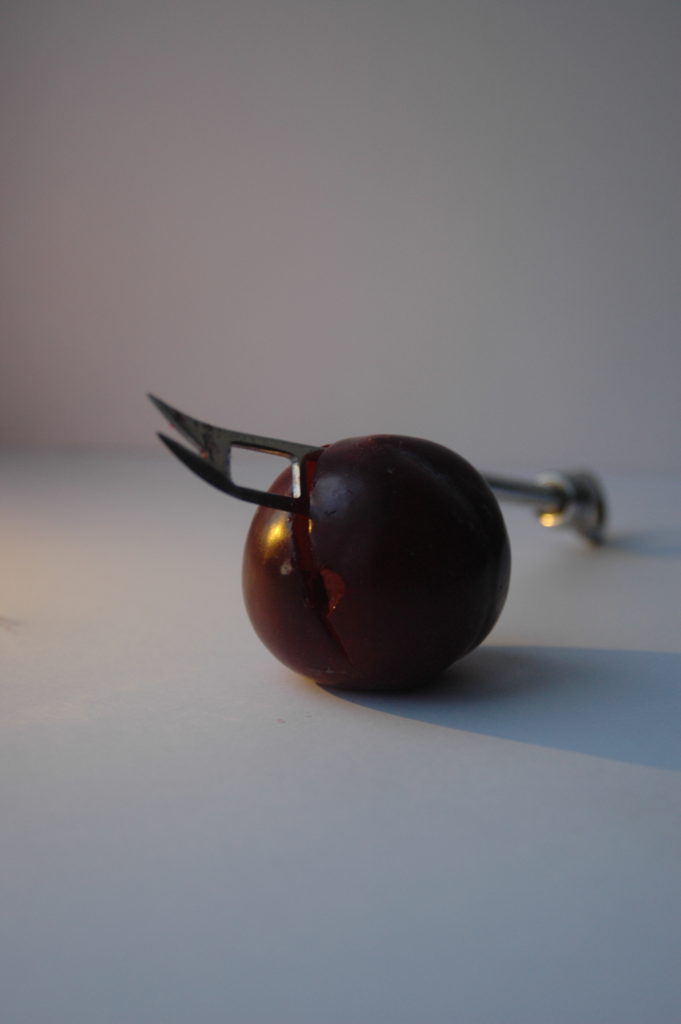
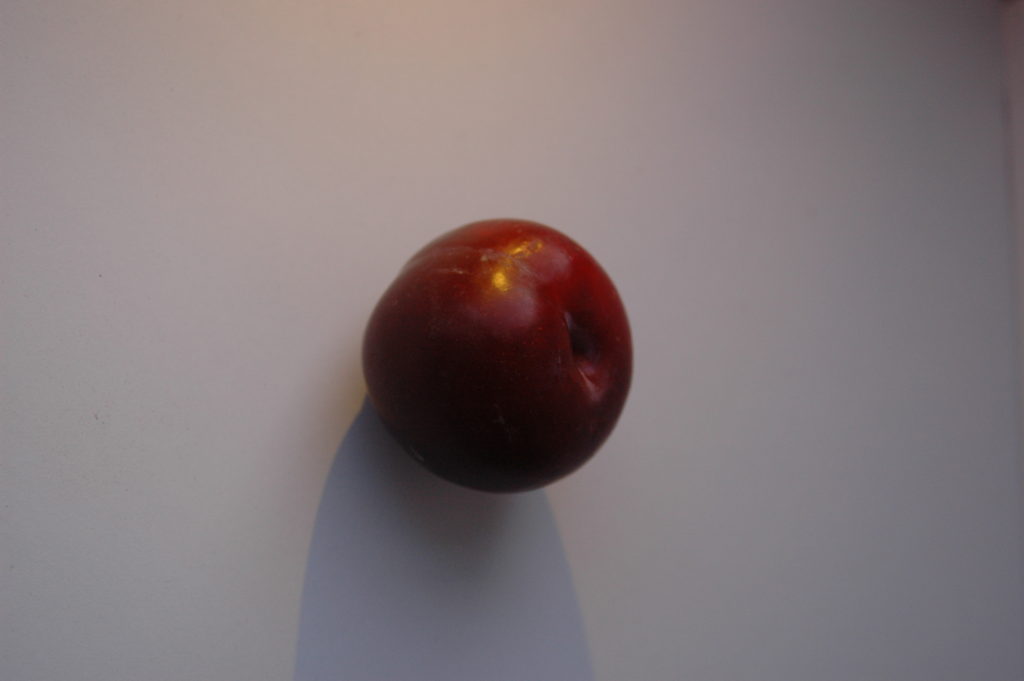
Mary Ellen Bartley is an American Photographer born in 1959. Her work “7 things again and again” was a project she started as lockdown hit in Italy and she was forced back home to New York, she took 7 objects and photographed them differently every day for a month. she chose everyday objects that someone would have around the house and a muted colour pallet of mainly white and creams- making the images analogous with low contrast which I like.
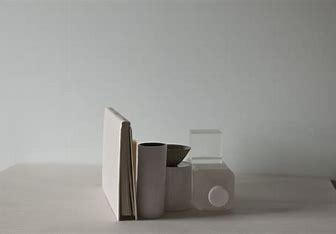

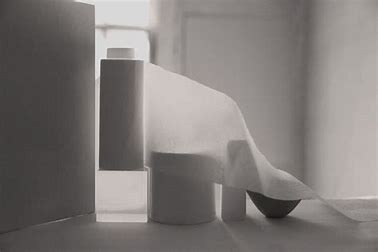


Mary-Ellen Bartley “7 Things again and again”.
My Response
I started by looking for interesting objects in my house and ones that I see every day. I chose a grater, timer, plum, knife and a jar of tea. Along with Mary Ellen Bartley, I was also inspired by a photographer I previously studied Laura Letinsky and the subjects of her photographs- mainly domestic items and fruits and food.
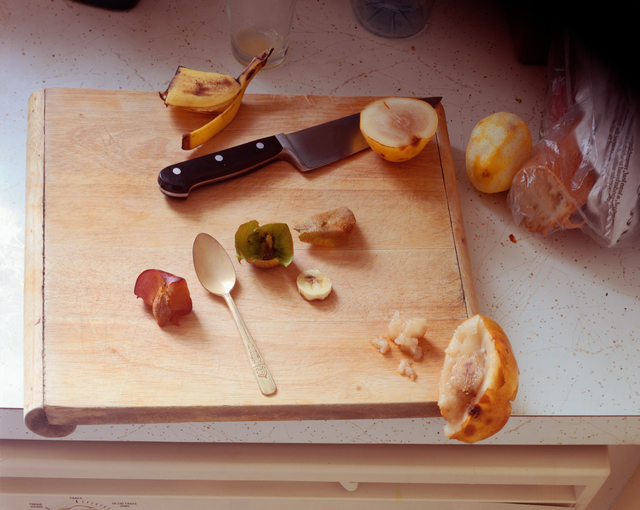
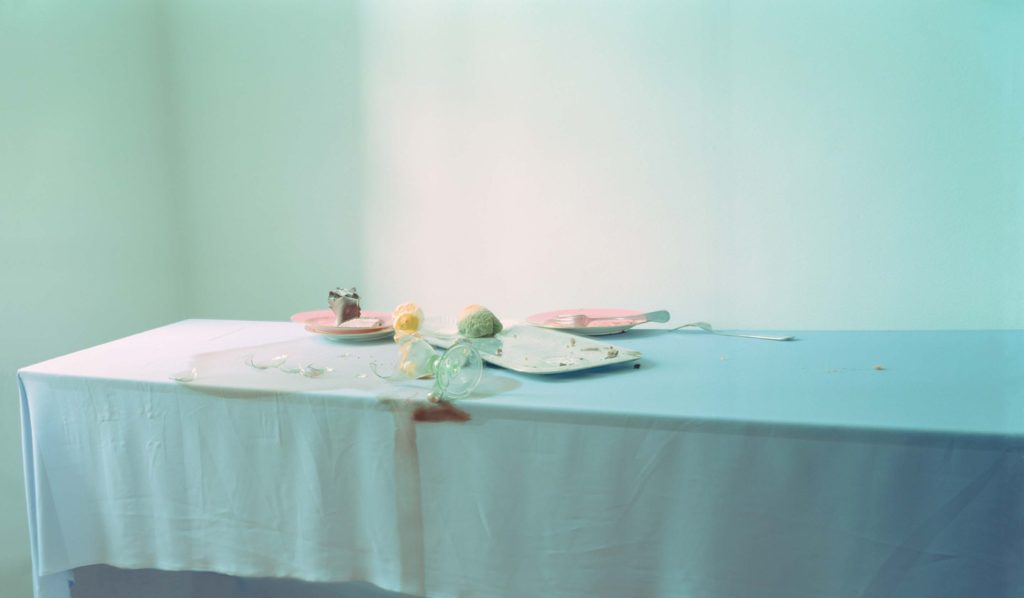
The Photos
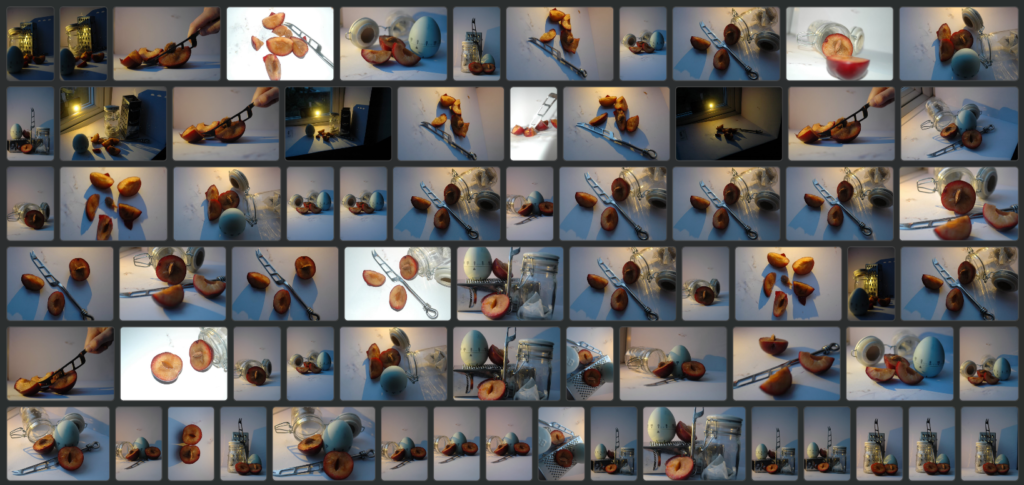
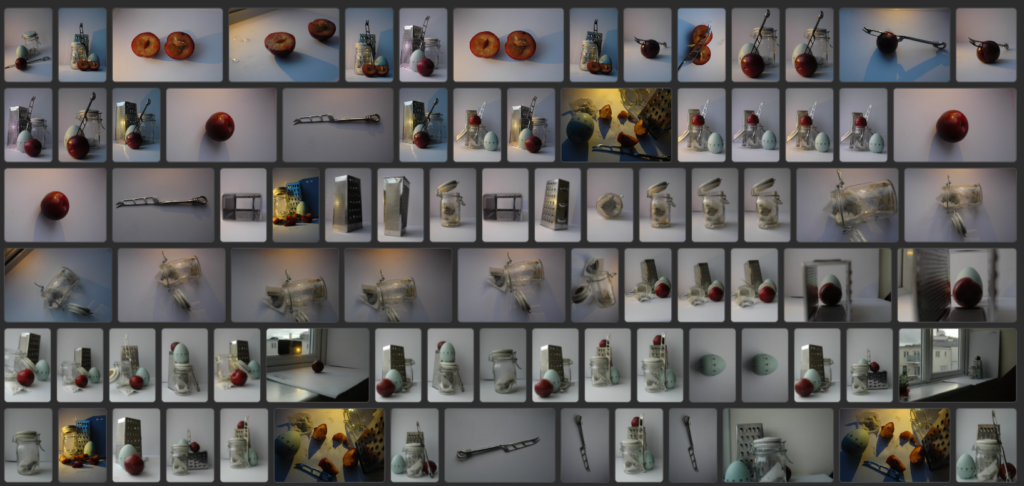
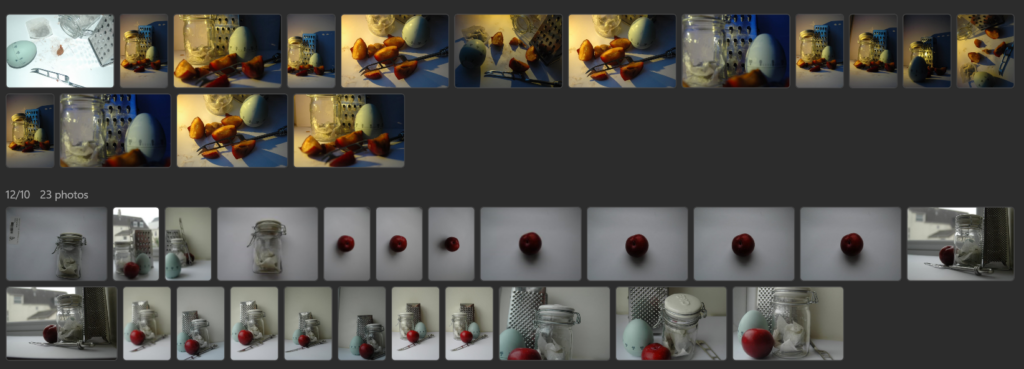
first cut-
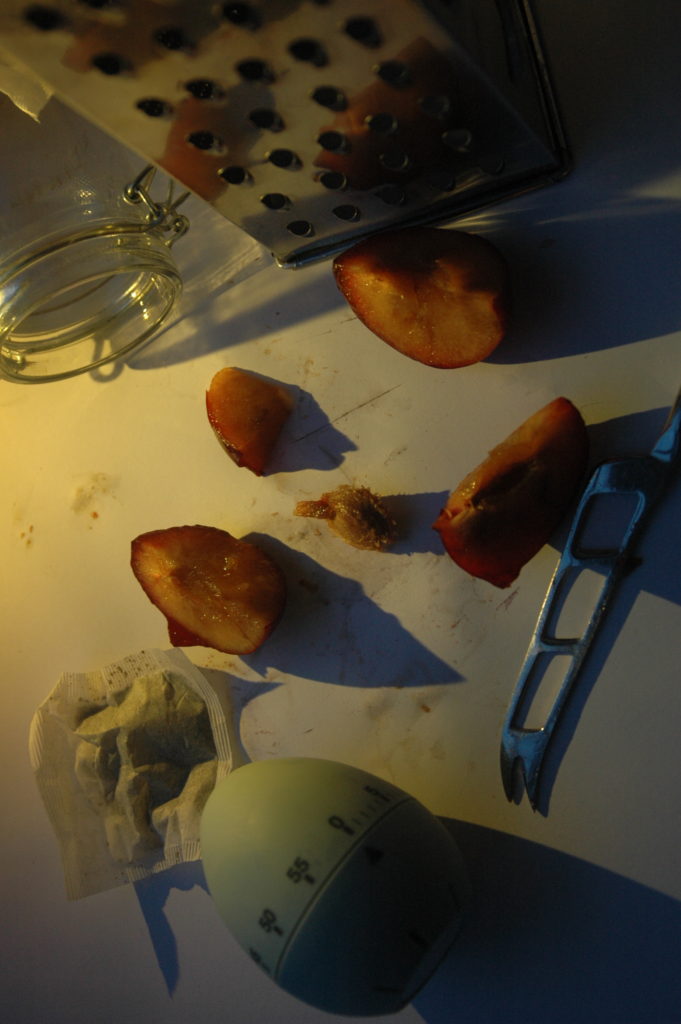
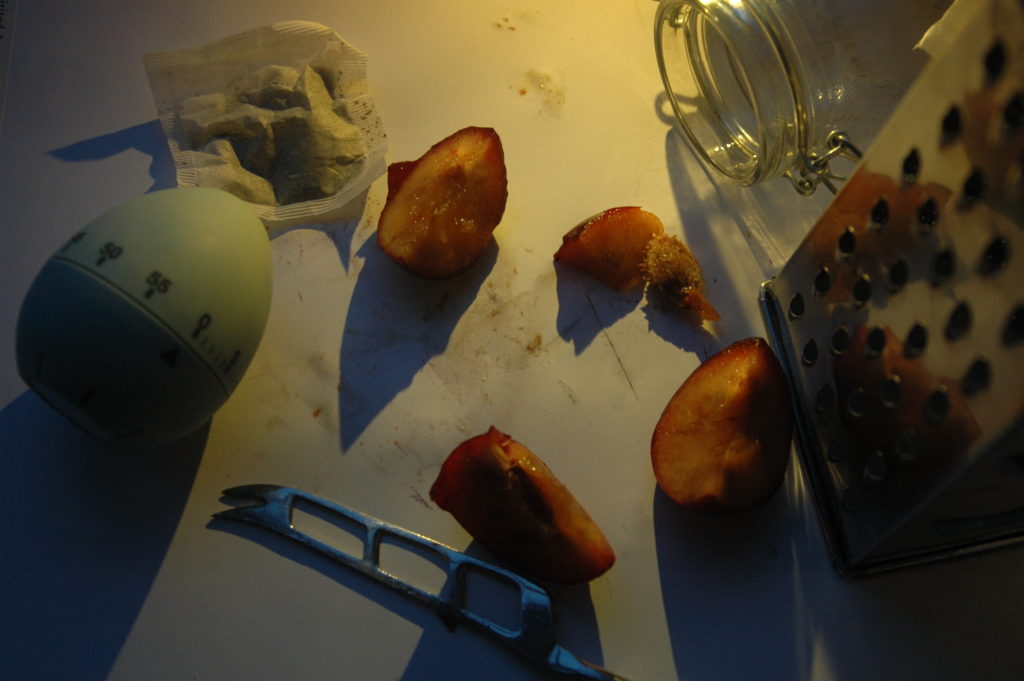
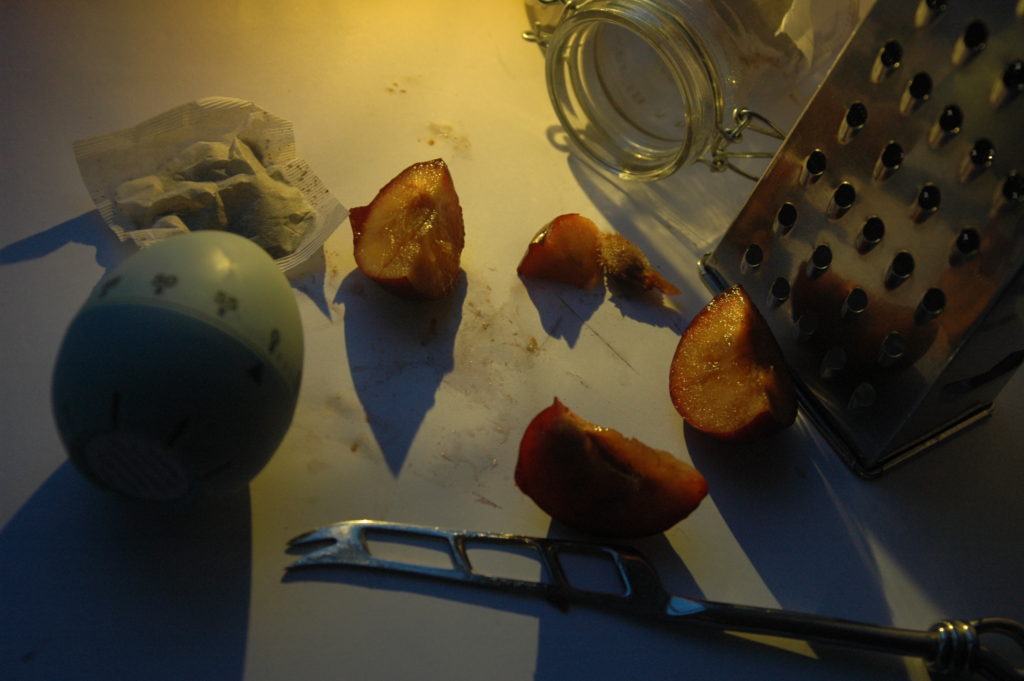
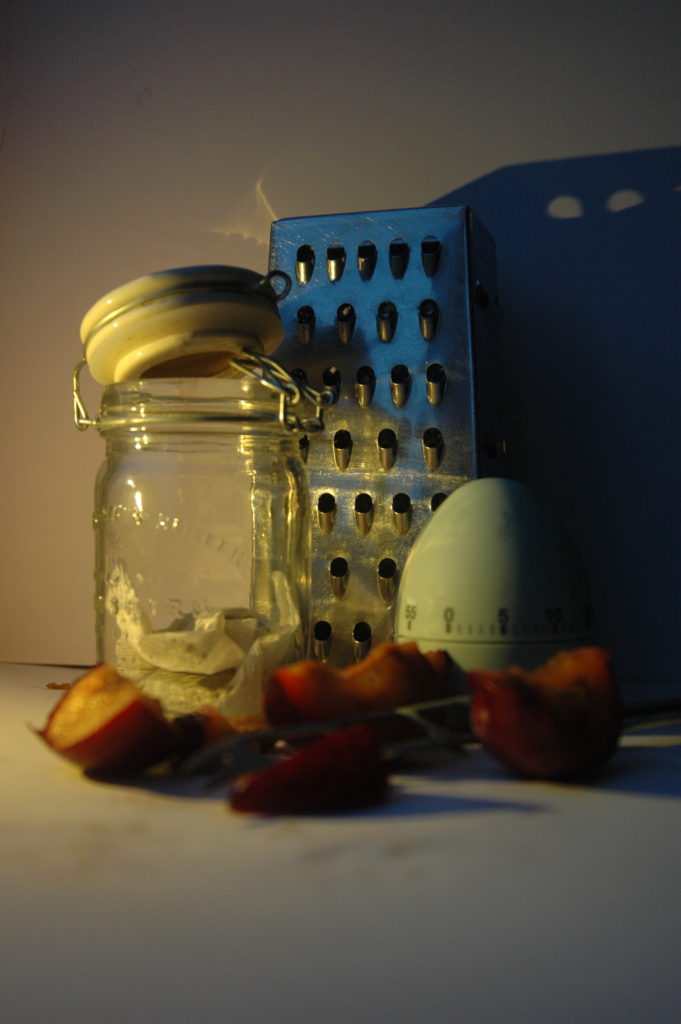
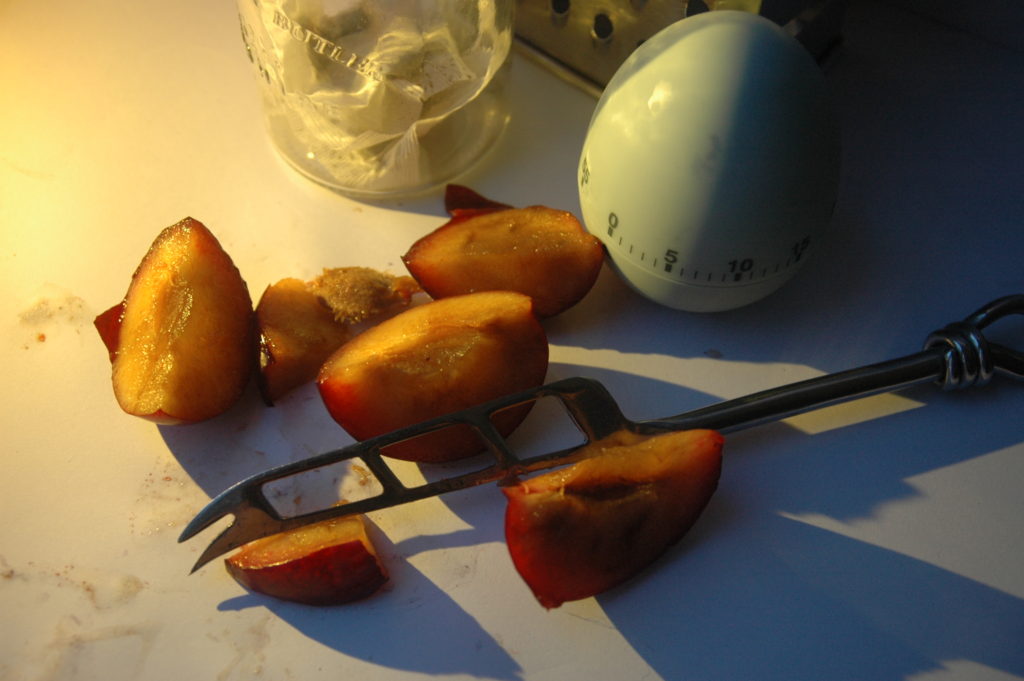
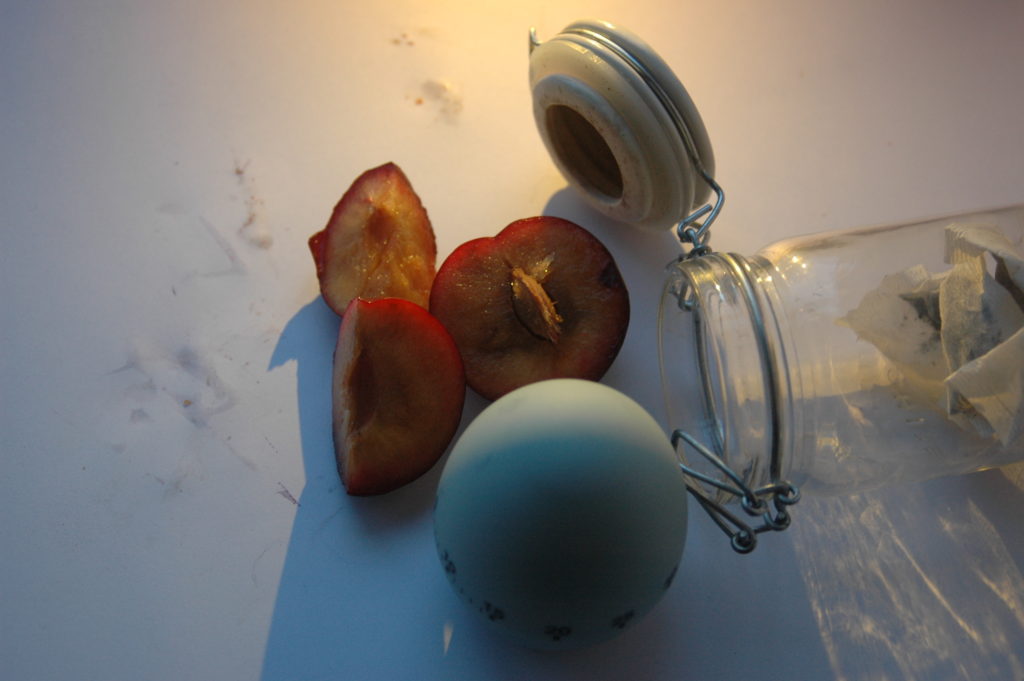
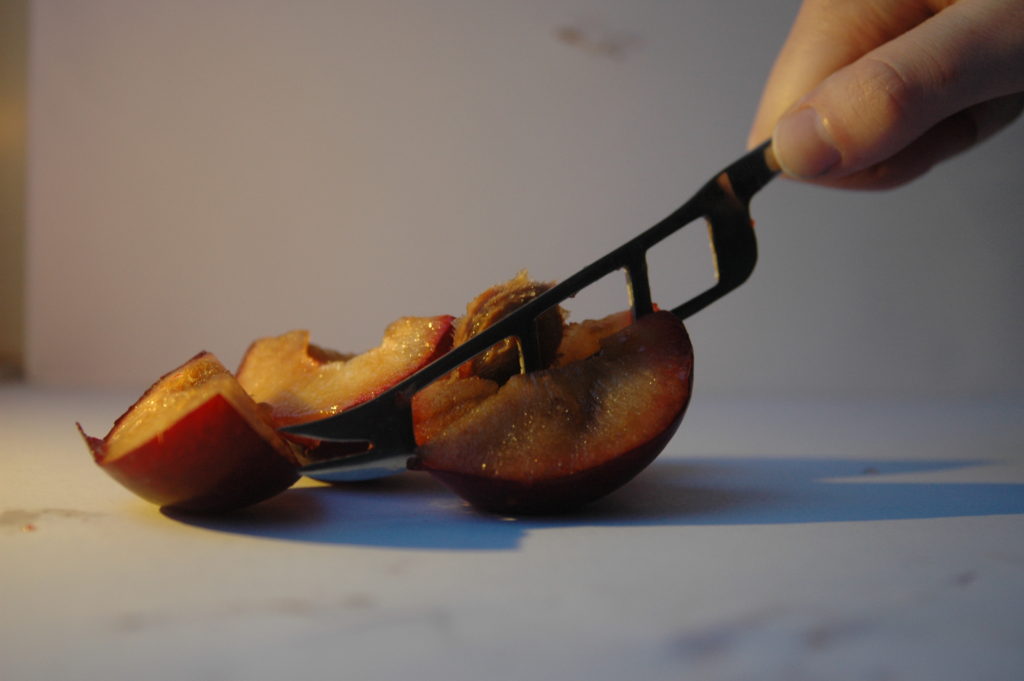
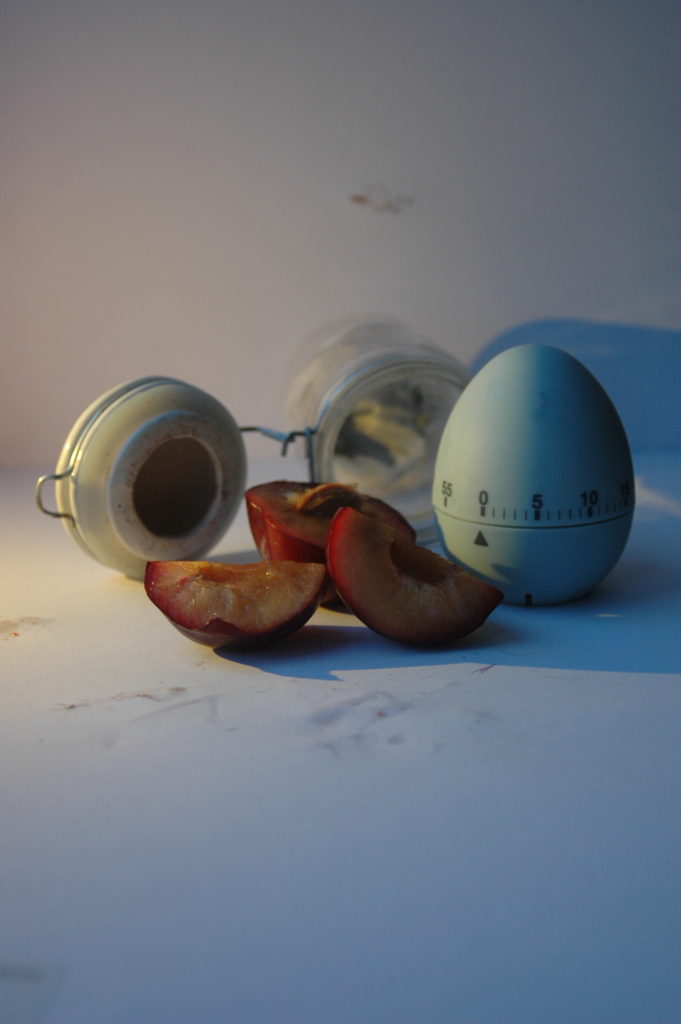
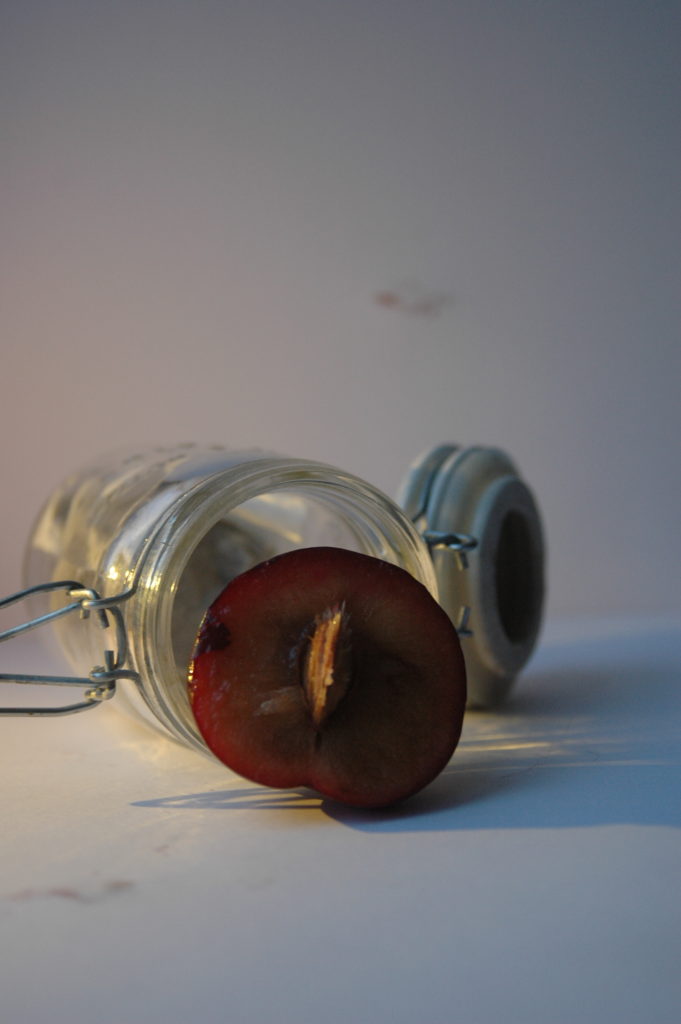
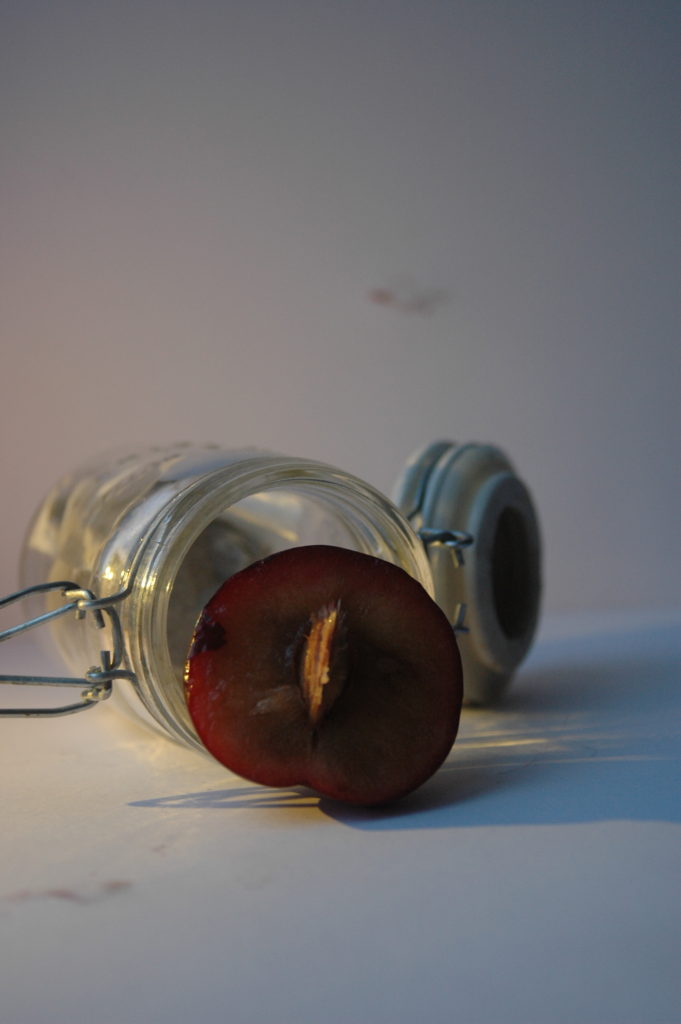
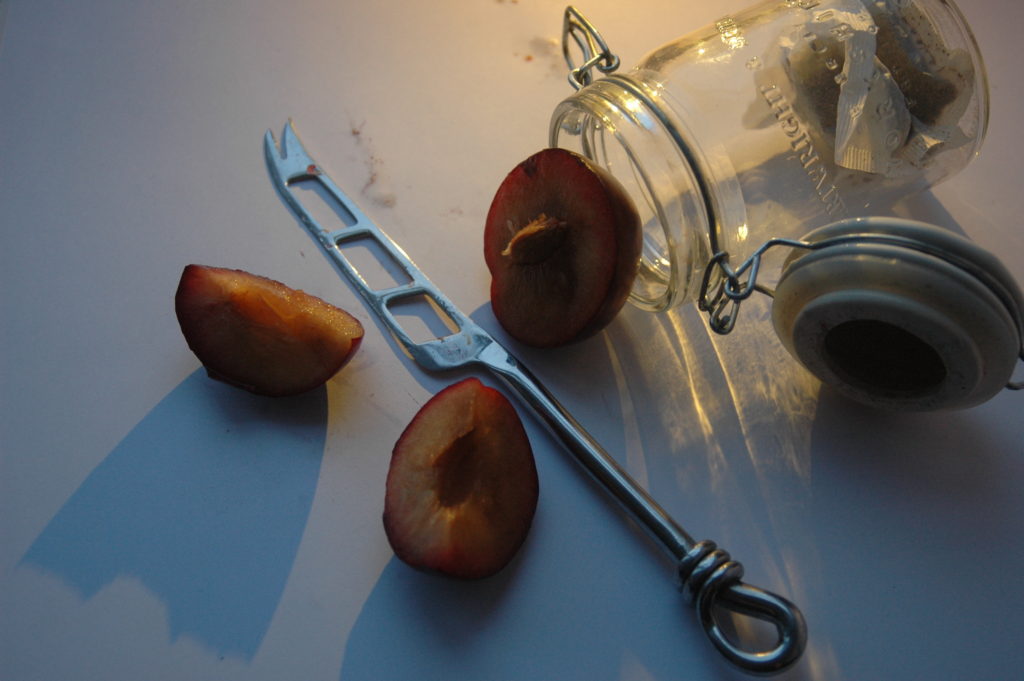
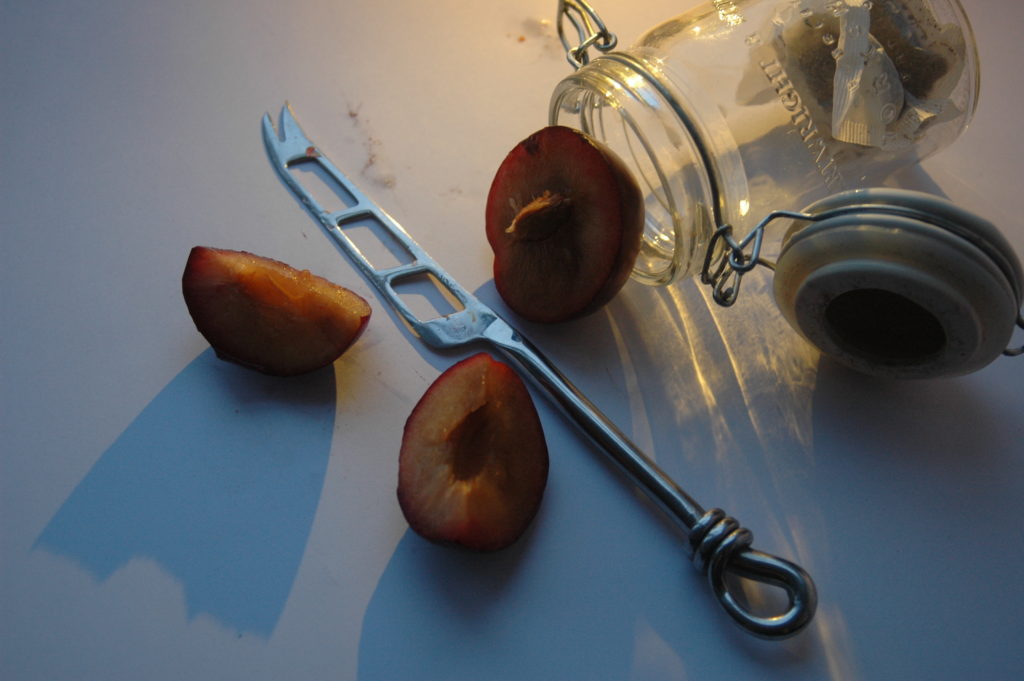



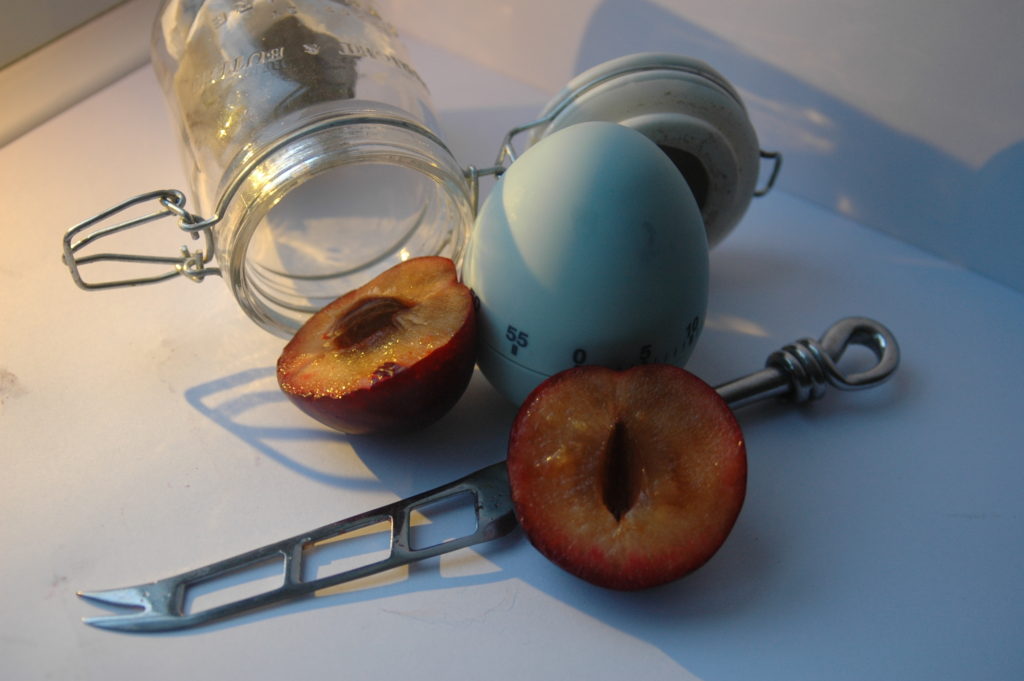
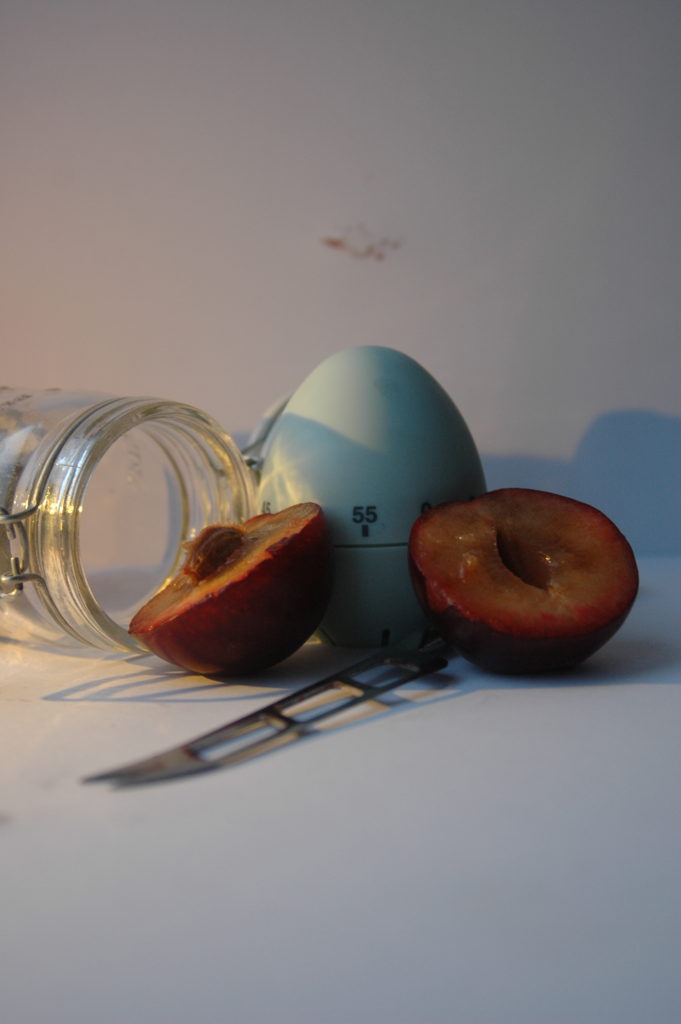
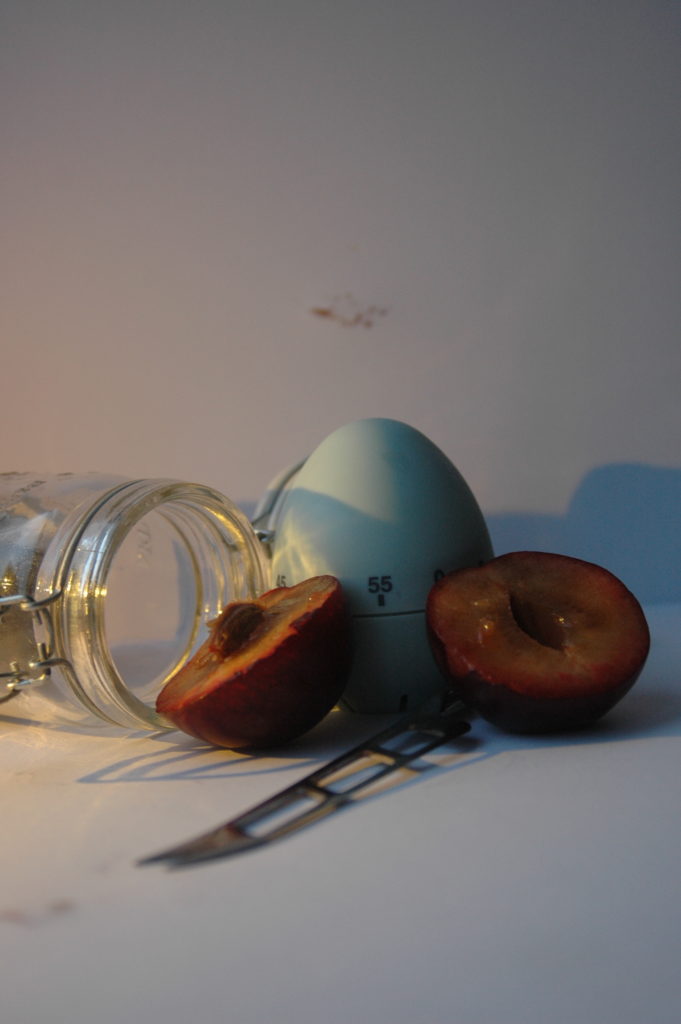
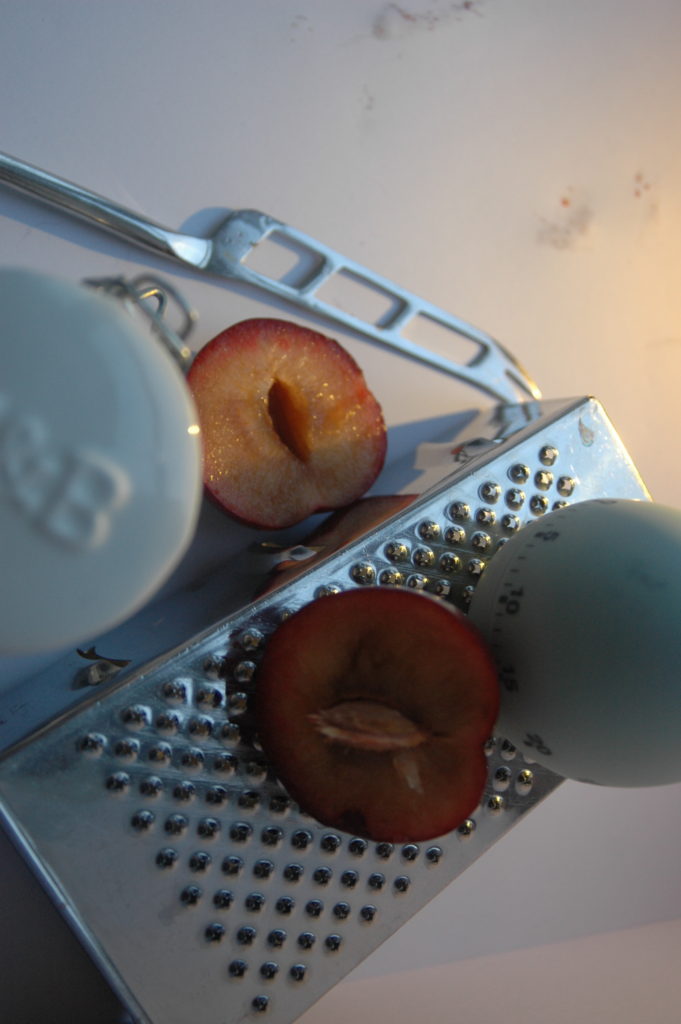
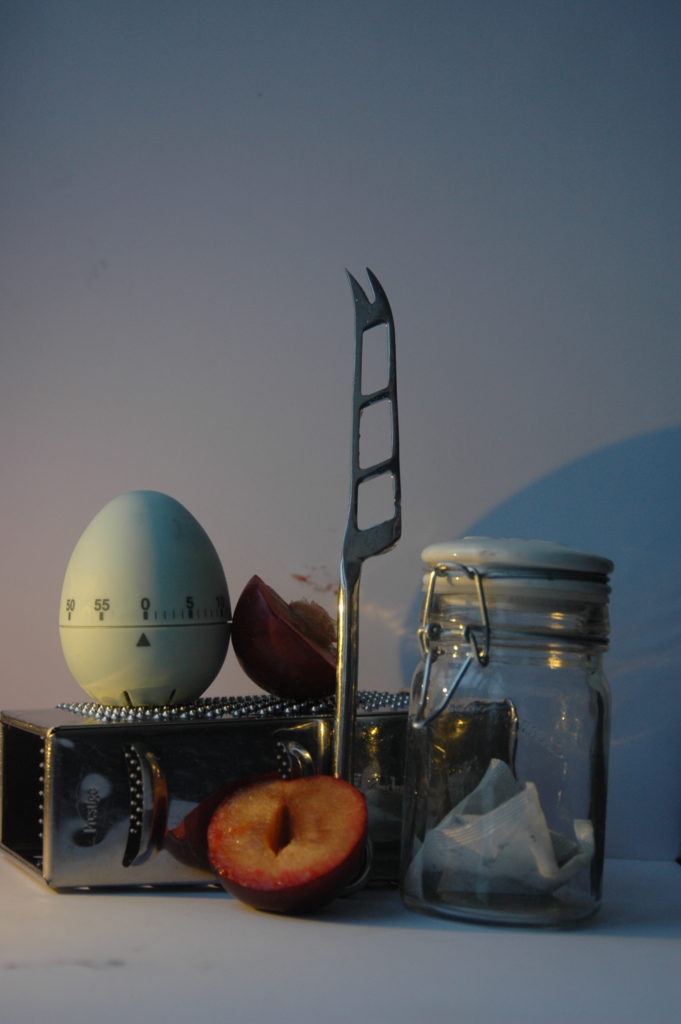
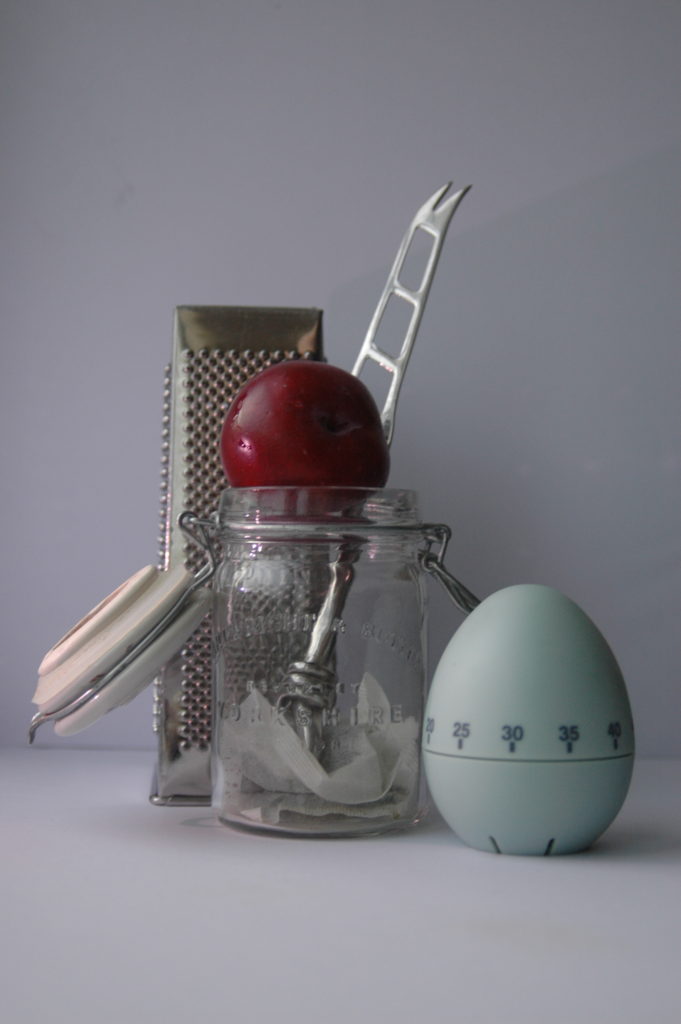
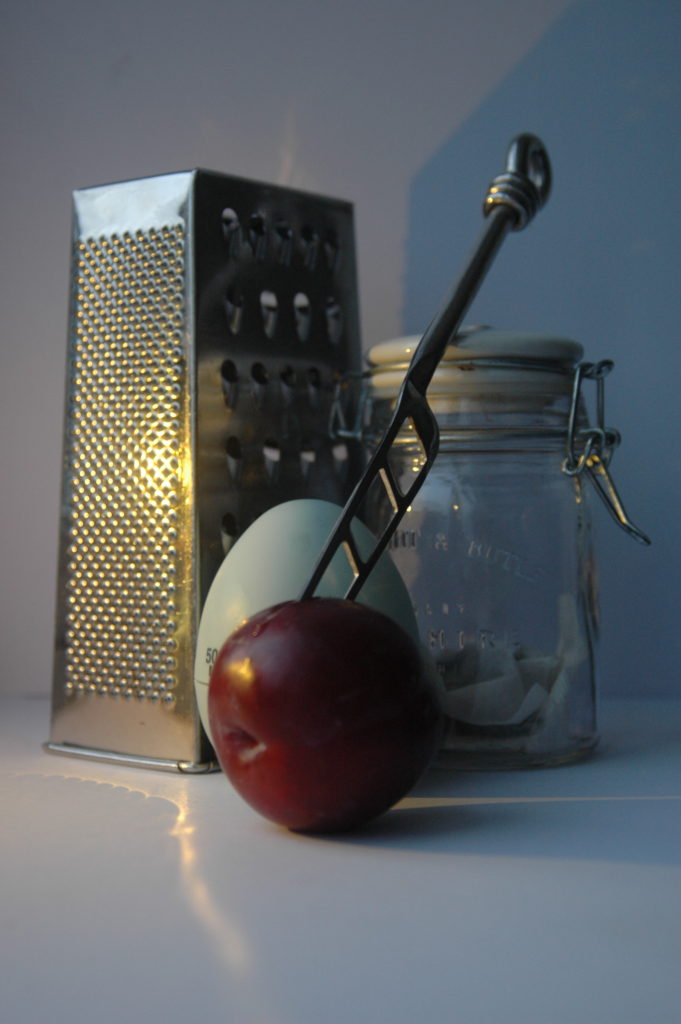
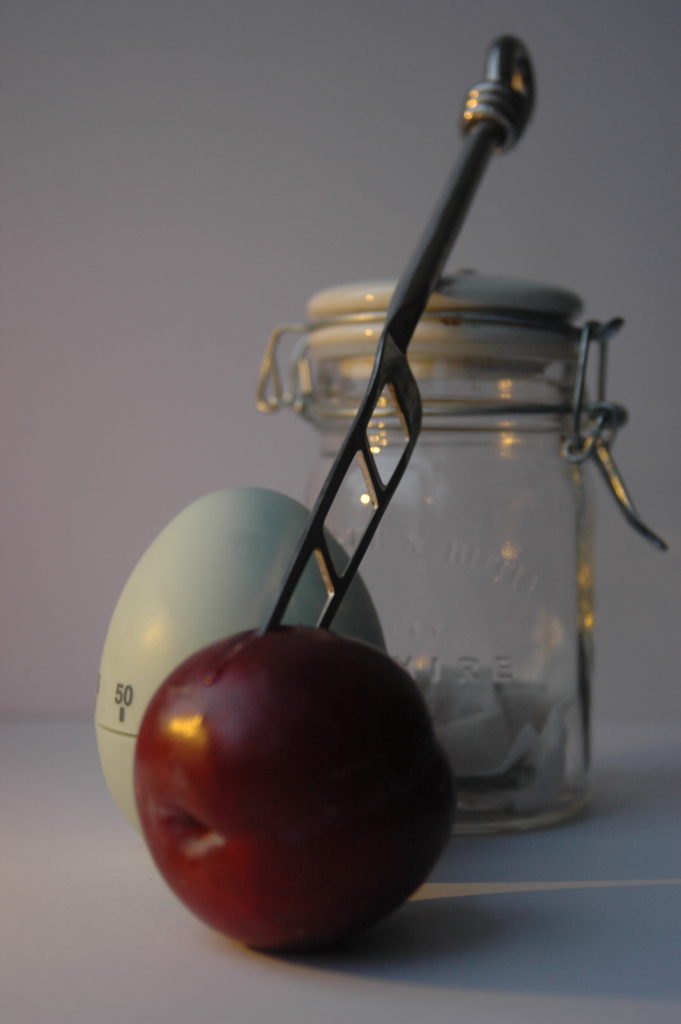
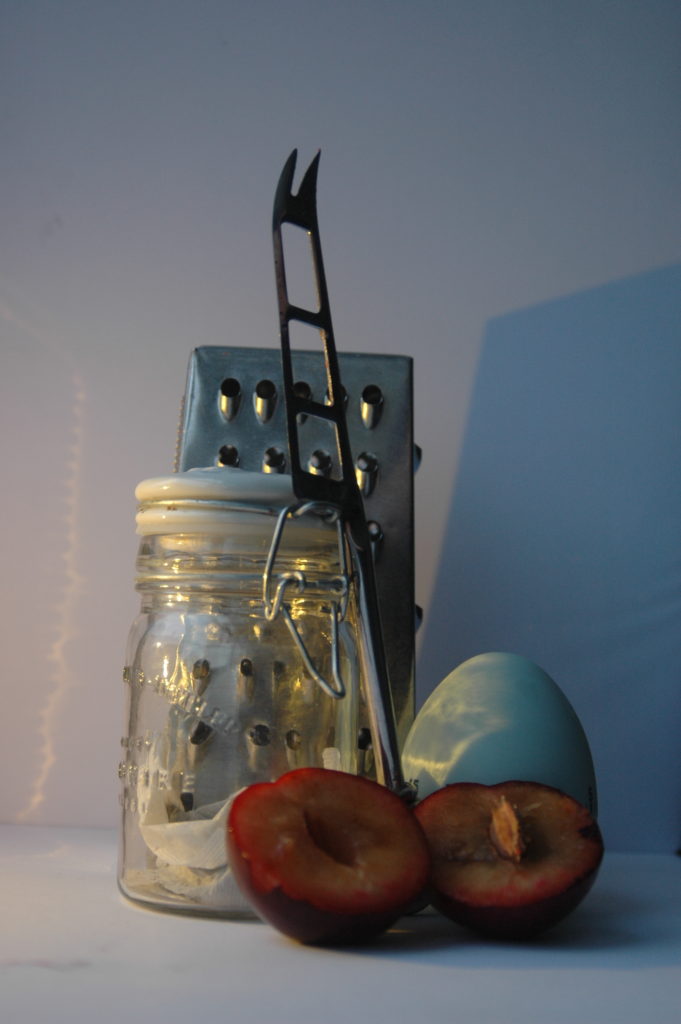
image editing-


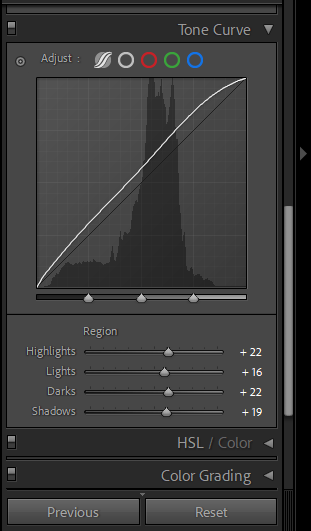
final images
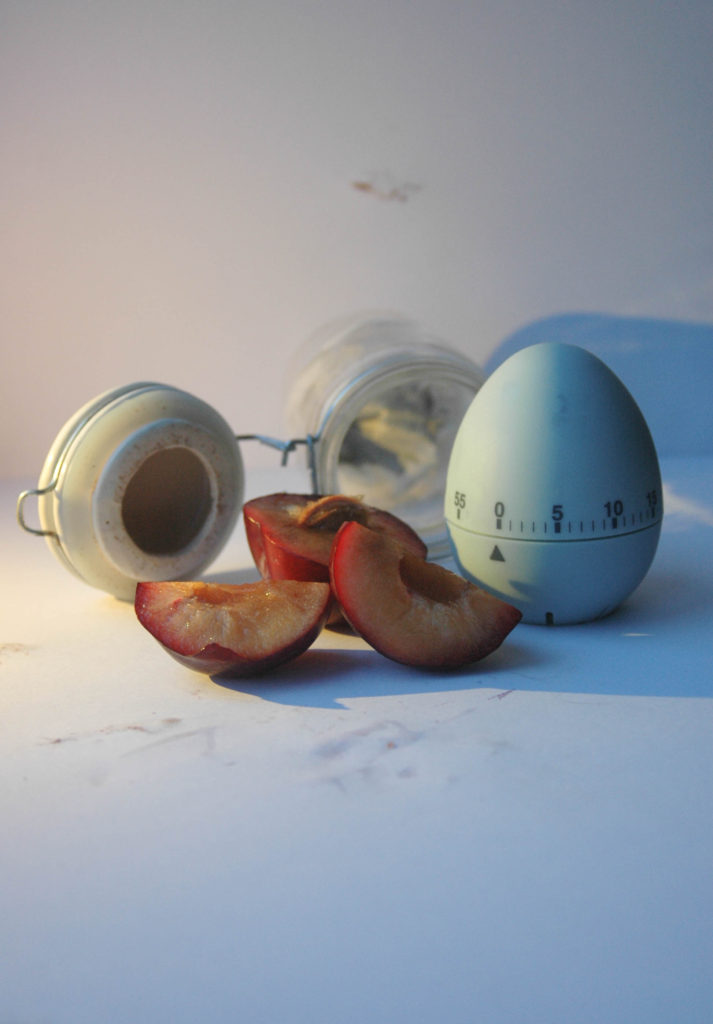
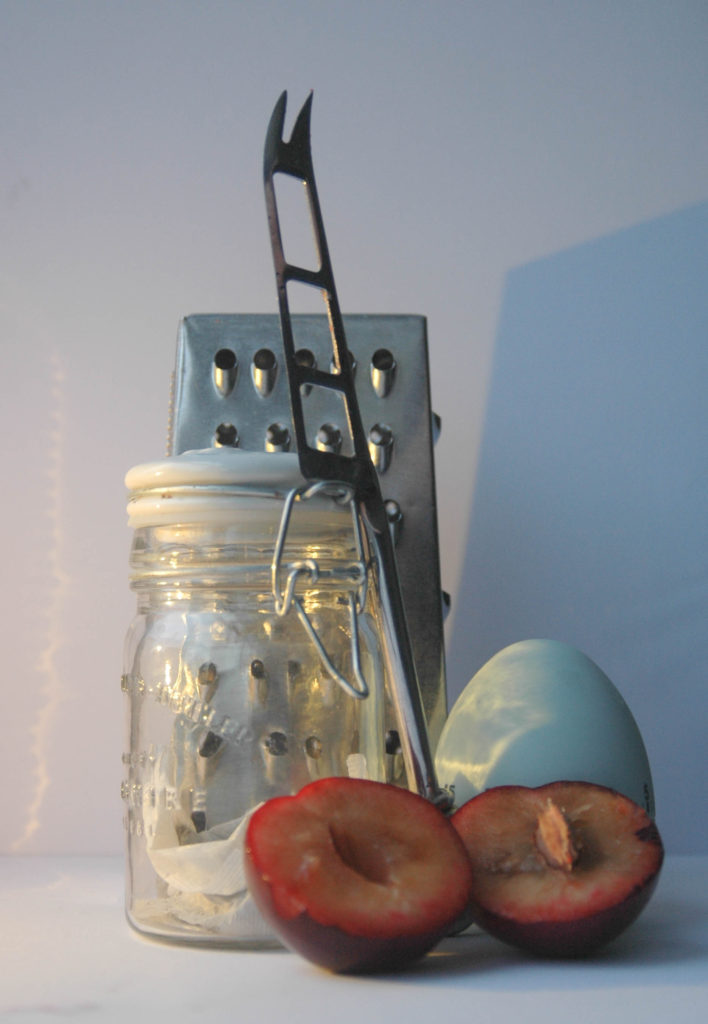
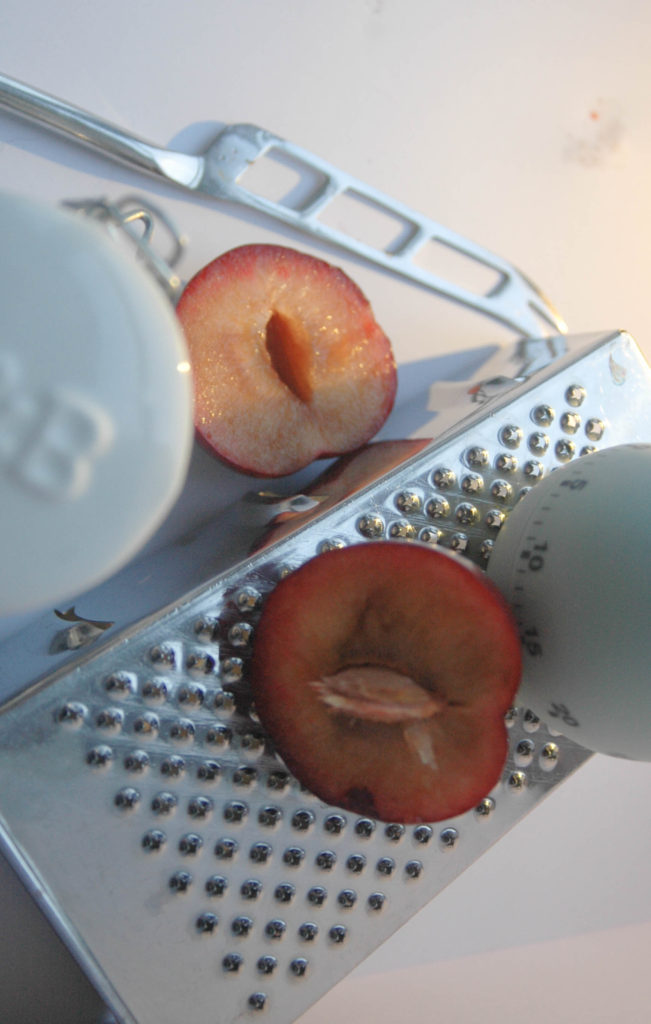
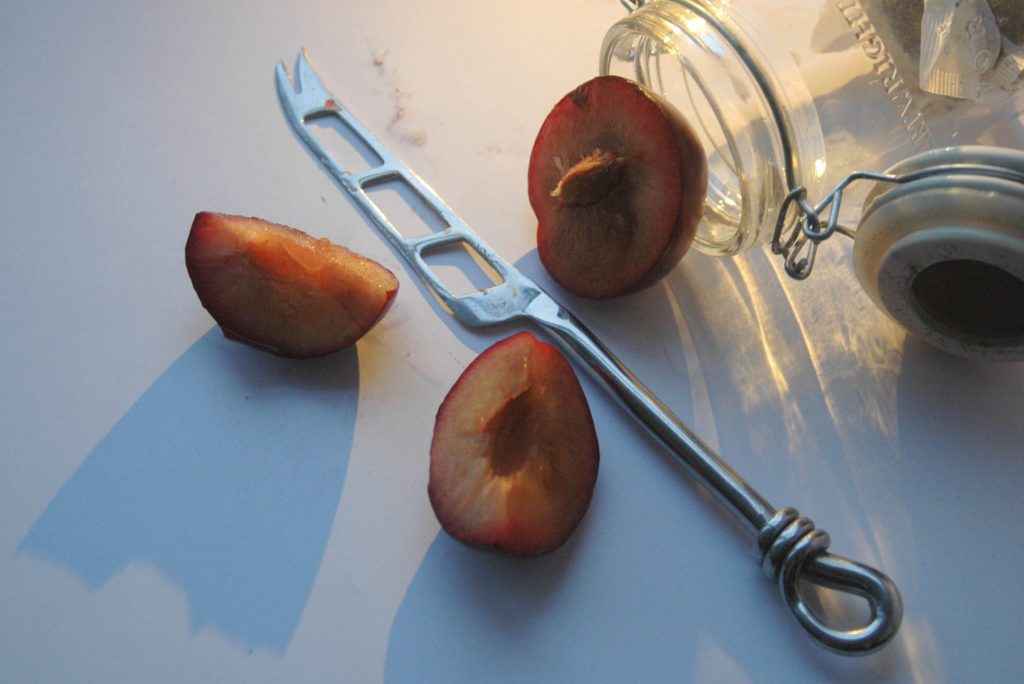
During the 2019 pandemic of COVID-19, a lockdown was announced. Bartley is this time decided to give herself a photography challenge she was able to do at home. She picked 7 objects from around her house that seemed to have meaning during this pandemic, everyday in her tiny studio she created she would take a picture of the same objects but different ways.
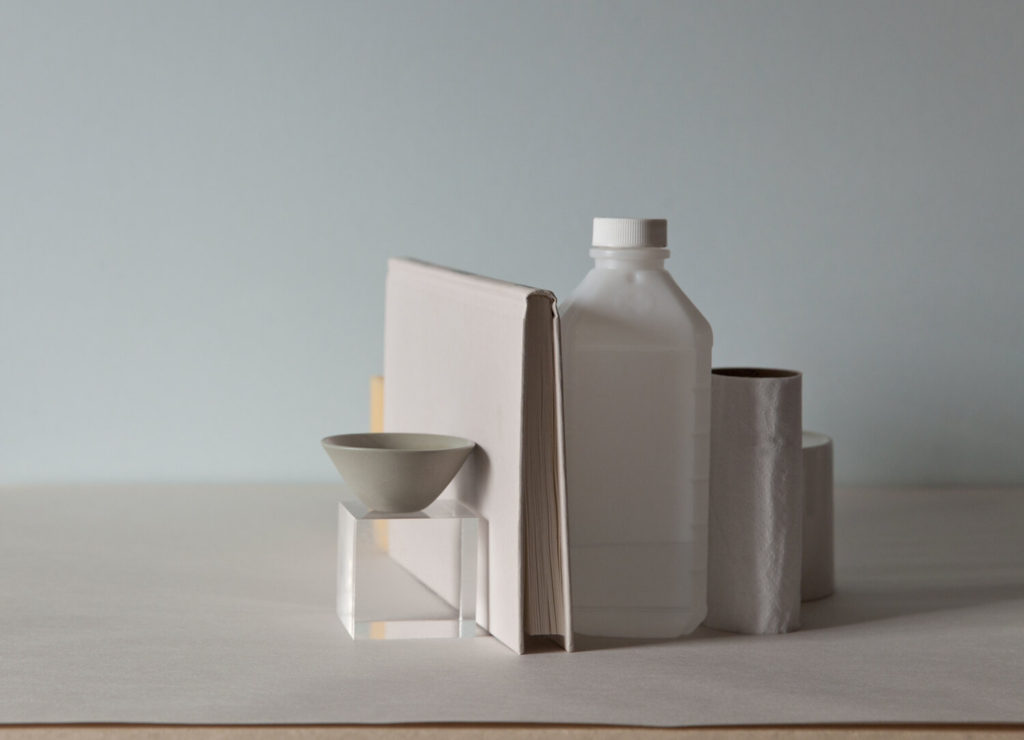
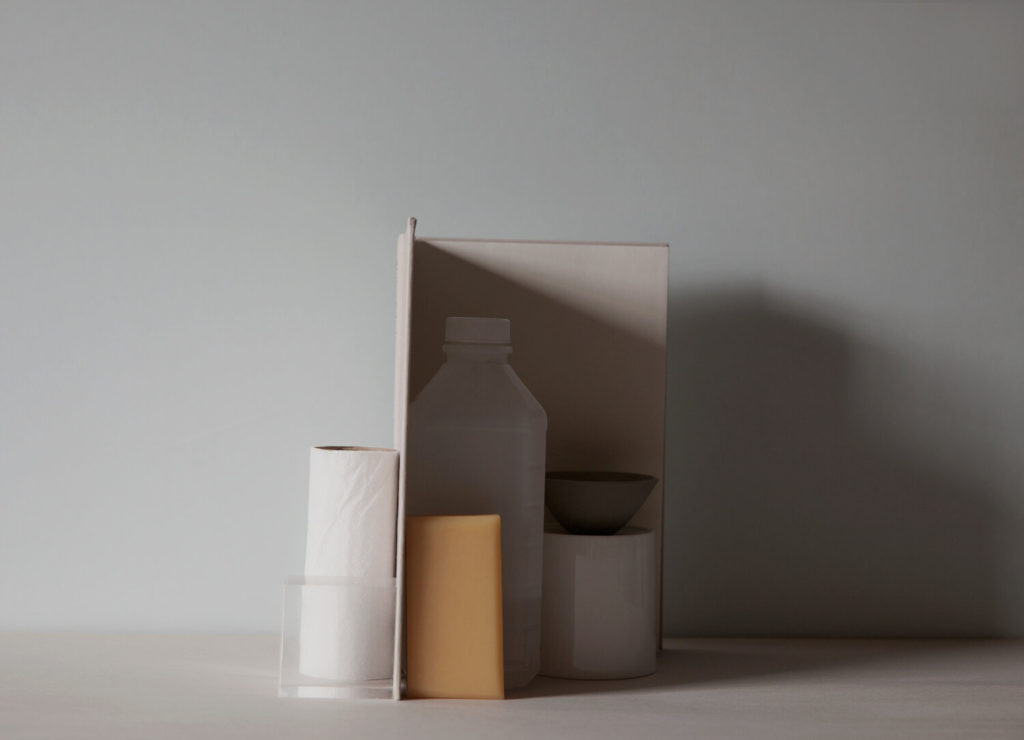
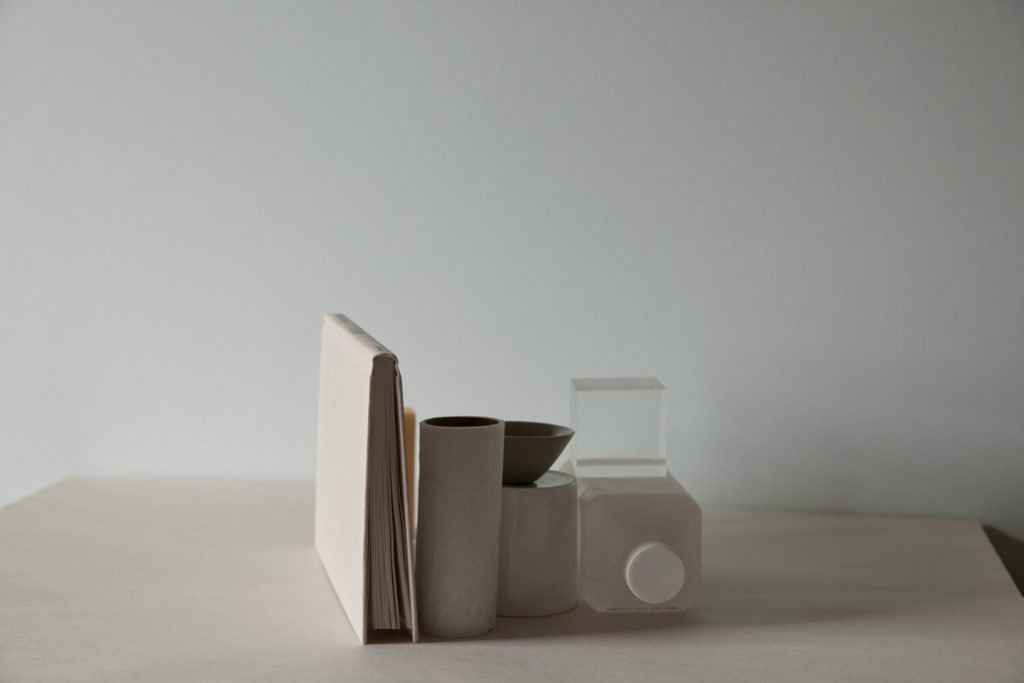
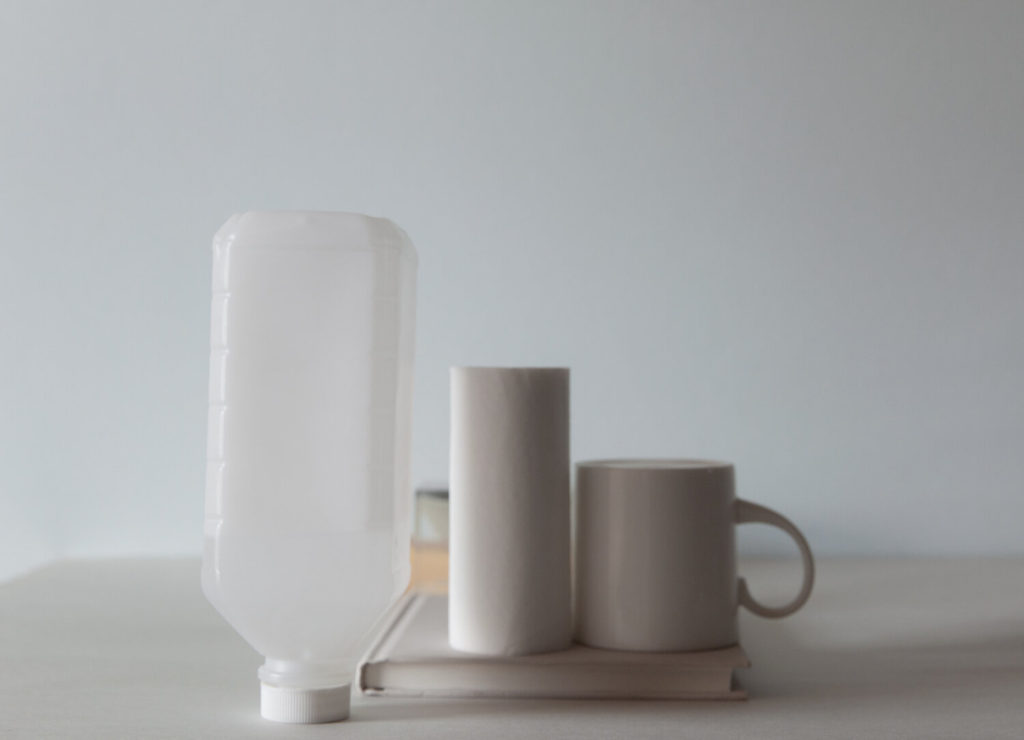
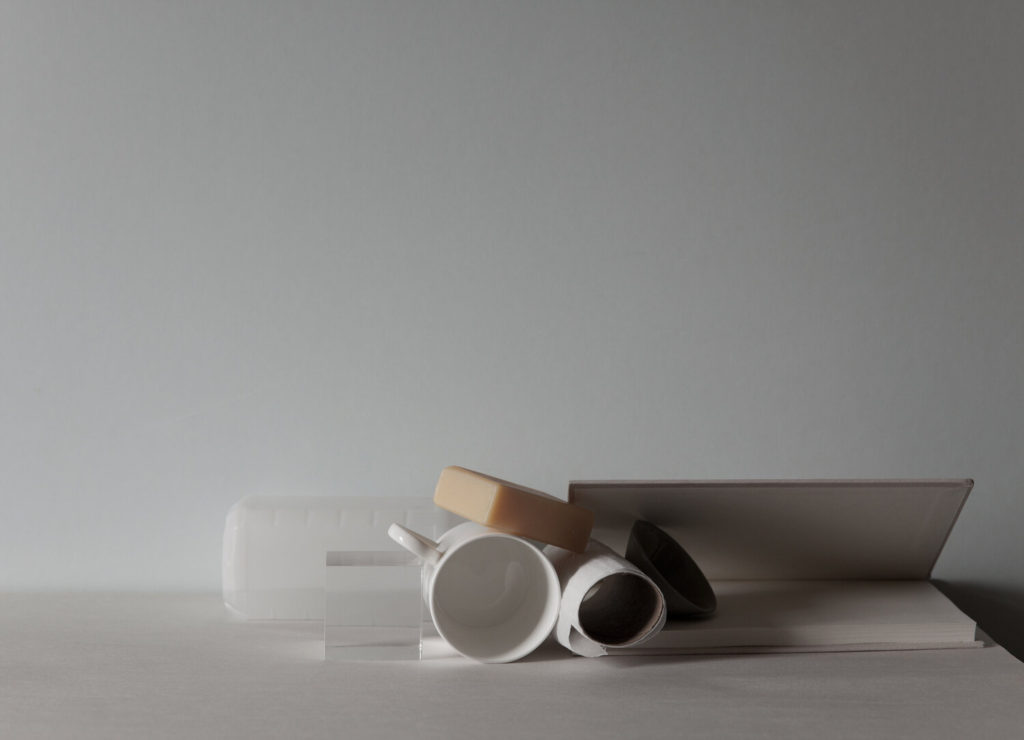
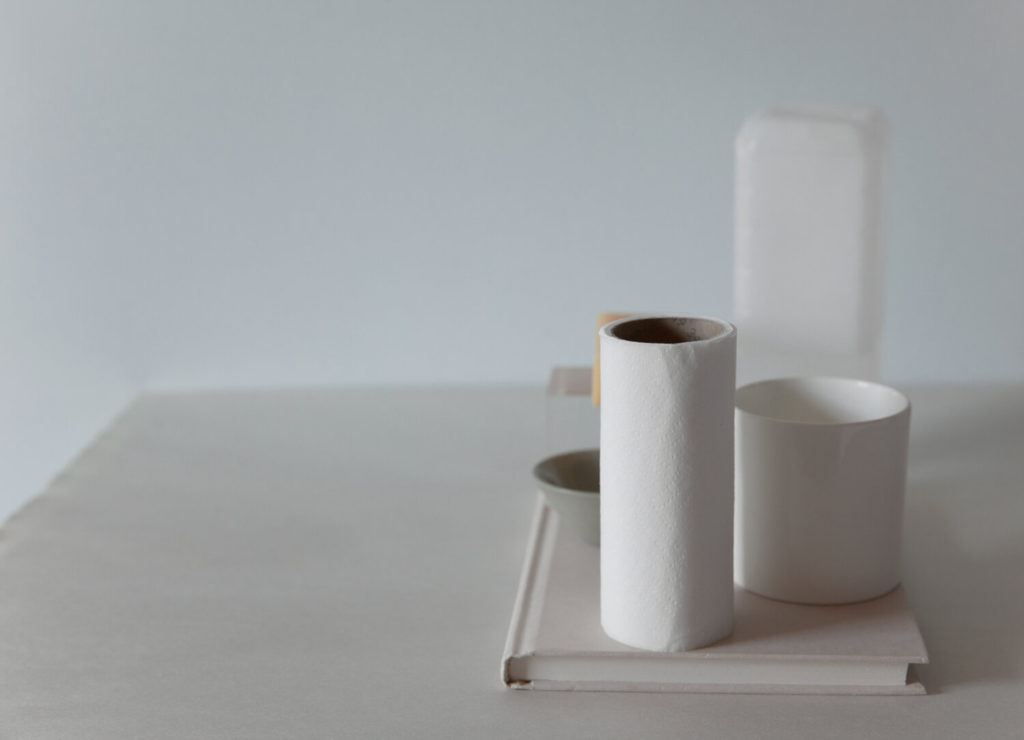
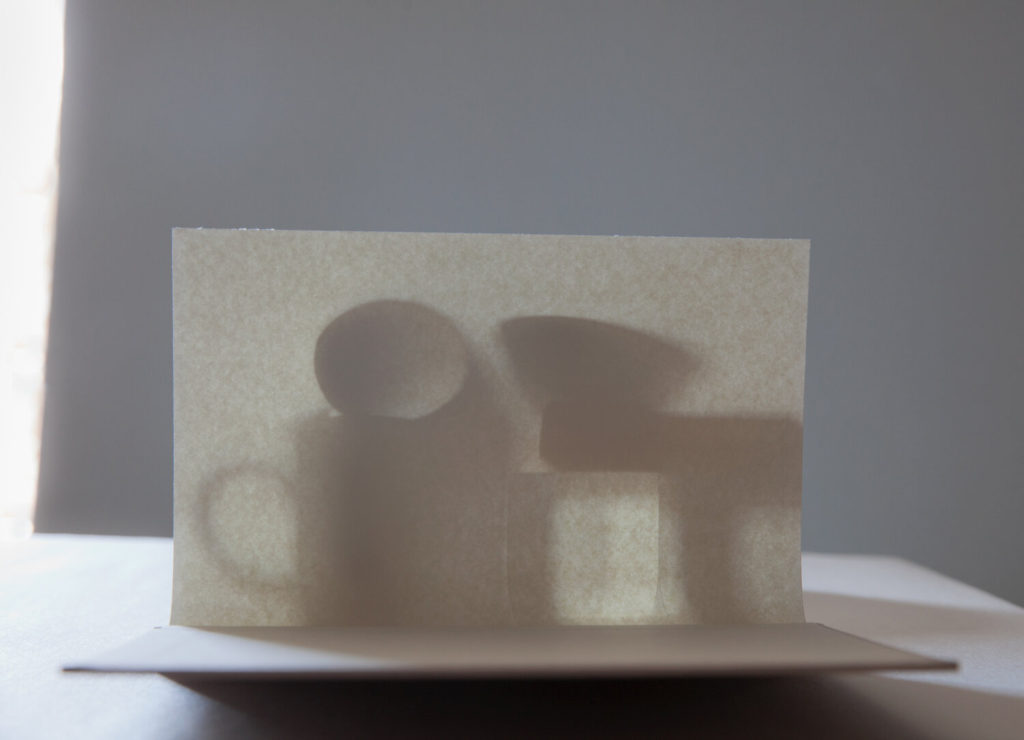

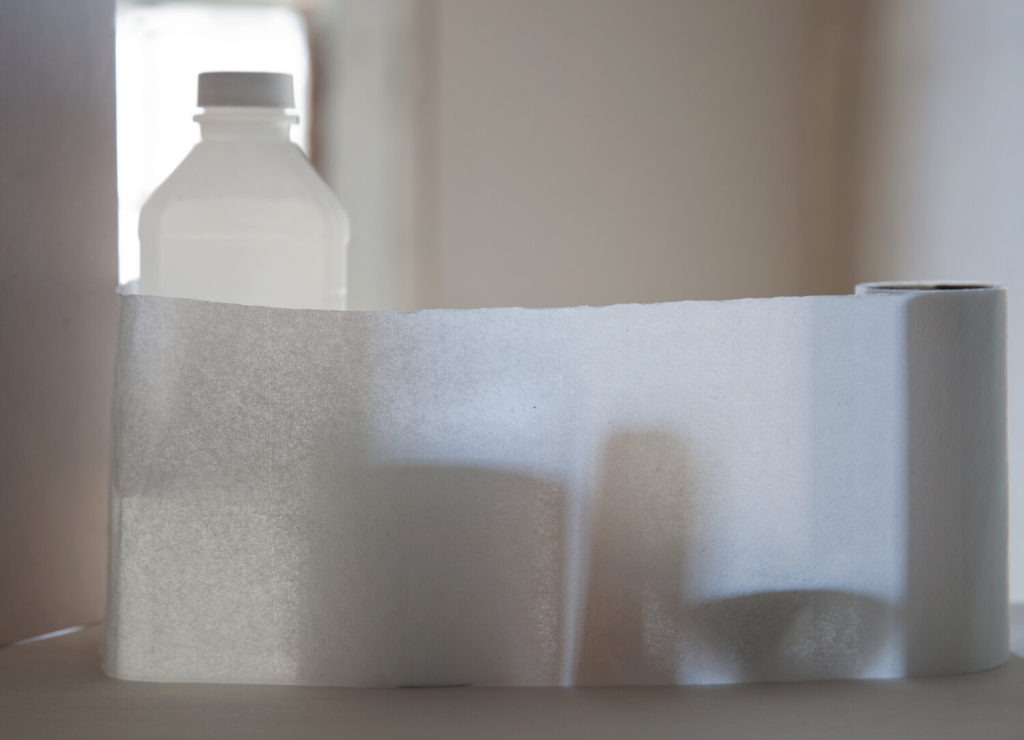
All of her images are clean and unique. The colour palette of the simple earth tones create a cleansed look and aesthetically pleasing to look at. Each image is interesting yet they all include the same objects.
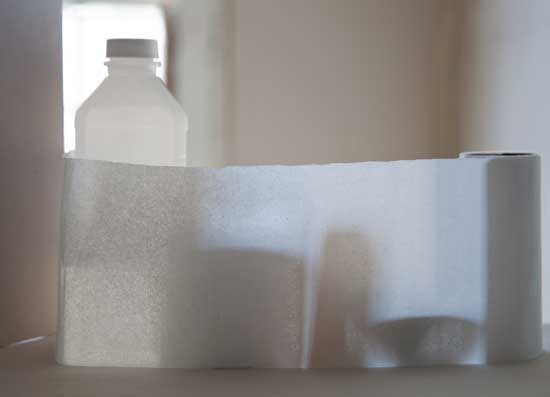
Personally this image I believe is one of her more creative ones. The use of the back natural lighting from her window to create shadows through the toilet paper to see the image, gives the image a unique style. Due to the soft lighting you are still able to see all the objects which still fits with her theme of the photoshoot.
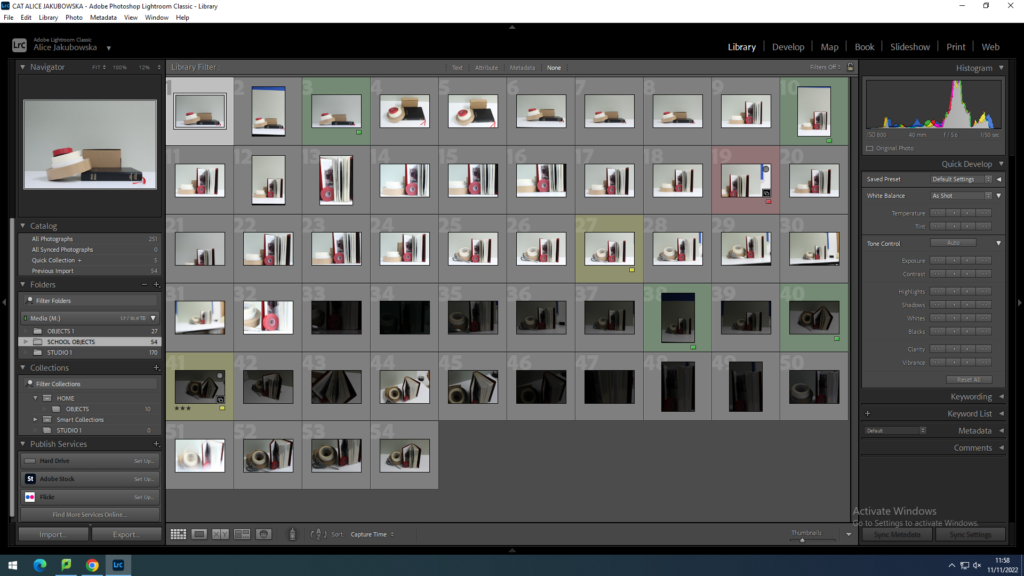
What is formalism ?
Formalism represents the how a photo or image is made (its form). It also includes the position that the image was taken from e.g. birds eye view, worms eye view etc. It is what is in the image and how is has been pieced together, rather than what the image tells us. Formalism began in photography in the late 1800’s, it was an approach in response to the post-impressionism movements that was major in the art industry at the time.
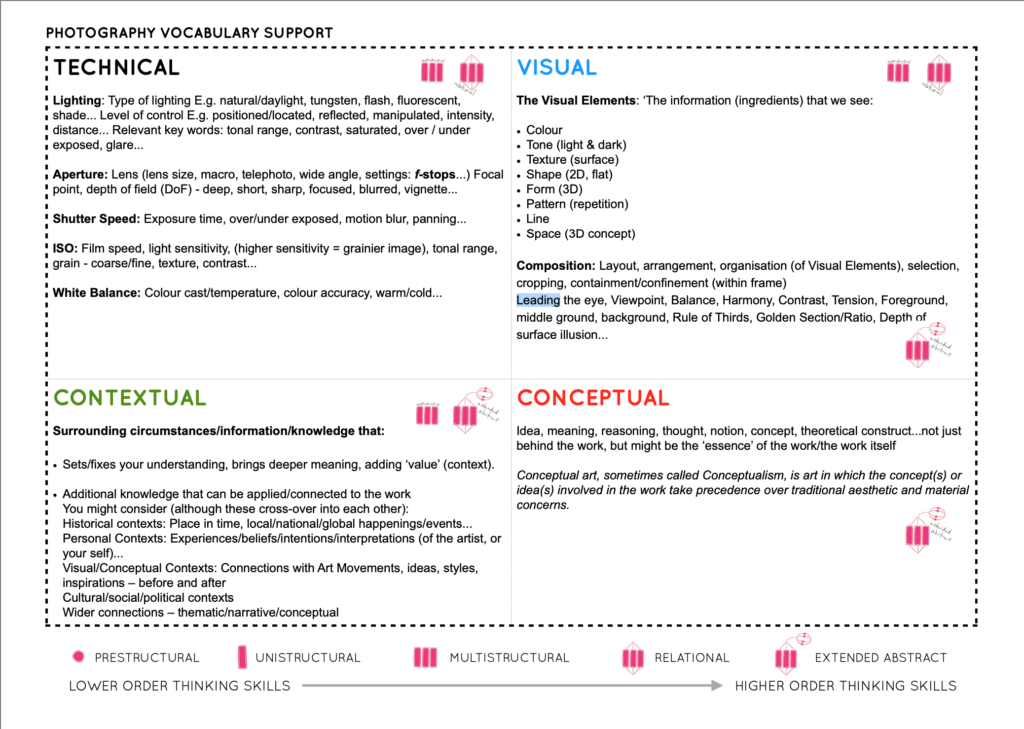
What is includes:
Formalism includes four main areas. Technical, visual, contextual and conceptual. They tell and describe how the image is made with the features that it carries.


Edward Weston:
An example of a formalism photographer is Weston, he takes images of objects close up to capture their detail and puts the images in black and white to show the shadows ad depth. I like the two images of his below as they hold lots of different tones and shades that intrigue the viewer into the image.


My example:
